- Home
- ~ Camino Sanabrés (The Sanabrés Way)
Jump to Camino Sanabrés Stages
The Camino Sanabrés
The Sanabrés Way
The Camino Sanabrés is a popular alternative to the traditional Vía de la Plata. The route leaves Granja de Moreruela, towards Ourense in a northwesterly direction, on the way to Santiago de Compostela. The actual route of the Vía de la Plata continues northward in Granja de Moreruela, where it joins the Camino Francés in the town of Astorga, to follow it due west into Santiago.
For a map of the entire Vía de la Plata, click here (scroll down to mid-page). For a map of the Sanabrés, scroll farther below on this page. The Sanabrés is a total of approximately 367 kilometers (228 miles), via the Oseira route (on day fourteen), or 362 kilometers (225 miles) via the standard route (by my GPS and map verifications). This is a respectable distance for any pilgrim and a proper Camino on its own. Often this route is also referred to as the Vía de la Plata, so the nomenclature may be a bit confusing. I will use the separate term "Camino Sanabrés" for this route for clarity's sake.
“Uncover what you long for and you will discover who you are." Phil Cousineau, America Author
This pilgrimage should be on your list of longings! It should take you about 2-3 weeks to accomplish, depending on how much time you choose to linger and savor all this walk has to offer you.
To be a pilgrim, most certainly is on my top list of things that I love and long for the most. Pilgrimage is an ongoing method of self-discovery for me.
Many Converging Routes on the Camino Sanabrés
The Camino Sanabrés would prove to me, to be an individual walk to be respected in its own right. My husband and I combined this walk with the Camino Teresiano, then linked it to Salamanca via the Camino Natural Vía de la Plata, and started the traditional Vía de la Plata from Salamanca. We already had nine days walking and about 220 kilometers under our belts when we arrived in Granja de Moreruela.
From the number of pilgrims we encountered along the Sanabrés, it has become much more popular, even despite the pandemic, as pilgrims try to find the less crowded routes. Additionally, here may be some more reasons why:
The Camino Levante joins the Sanabrés in Zamora. We actually met several pilgrim's entering from this route.
The Camino Portugués Vía de la Plata, Zamorana also starts in Zamora, a few stages south, and continues west through Portugal and joins the Sanabrés in Laza to finish the final shared eight stages.
The Caminho Português Interior de Santiago, or the CPI, starts in Portugal, in Farminhão, to walk north to Verín to join this alternative of the Camino Sanabrés or to walk another stage farther north to join at Laza on the traditional stages.
The Camino de Invierno, a southern alternative from Ponferrada along the Camino Frances now joins it in Lalín, and shares the final few stages with the Sanabrés.
And finally, the 100 kilometer walkers, doing the minimum requirement for a Compostela, join the Sanabrés in Ourense, a bustling tourist town with thermal springs, for the final four pleasant stages to Santiago.
Map of the Camino Sanabrés
Here are our GPS tracks for this Camino. The route we did is in blue, except for one section on day six, which I have explained in that day’s section. I have included several routes in orange, for your information, if you chose to do any alternatives. I have used the GPS tracks of others for the orange routes and cannot guarantee their accuracy.
You will encounter the AVE (Alta Velocidad Española) high speed train route bridges and tunnels on your walks through the mountains. This recent construction project is finally complete, so it is no longer interfering with this Camino’s routes!
Camino Sanabrés EBook
~ Includes 4-5 additional days on the Vía de la Plata from Salamanca!
Our Camino Sanabrés eBook Guide, in downloadable PDF Format, contains all the valuable information from our web pages, for comfortable reading offline (important in the mountainous and remote areas) and without ads, all on your personal device. Don't carry a hard copy guide book to increase your pack weight. Use our digital guides on your next Camino instead!
Our ebook guides are packed with frequently updated information, because a digital format is more nimble than hard-copy publishing. Our eBook Guide is unique because we also entertain and immerse you with our story!
Your purchase of the Camino Sanabrés eBook includes the BONUS digital guide on the Vía de la Plata from Salamanca. This allows you the opportunity to add 4-5 more days to your Camino in the beginning. Click here for more info or BUY NOW!
Jump to Camino Sanabrés Stages
General Regional Information along the Camino Sanabrés
What I found to be unique on this particular Camino, was due to regional differences. While in the municipality of Castilla y León, mostly the municipal albergues are donativos. The municipality does not give you sheets of any nature, neither cloth or disposable, so on this Camino, consider at least bringing a sleeping bag and/or a liner. Blankets are a hit or miss, everywhere. I would rather have my own bedding anyway, merely for hygienic reasons. Heat is usually available.
Don't expect WiFi in the albergues in this region. Most of them are very basic, so if you get any luxuries like WiFi, and individual night lights and charge plugs by your bed, like we found at the Santa Marta albergue, consider it a real treat! Often I couldn't even get a cellular signal in the remote areas, so if you want to be connected, patronize the bars which usually do have Wifi.
If you want more luxuries in Castilla y León, consider donating generously! The municipality is providing you a service which wouldn't exist except for your donations and the contributions of the municipality (usually from the churches) which often cannot cover the cost of your expectations.
The one thing you will get for free in Castilla y León is lots of red dirt in everything! My black trail shoes were constantly dusty and dirty, rendering them a constant brownish/tan color. It was better than mud, for sure.
Once crossing over into Galicia, the signage changes, the terrain changes, the climate changes and the municipal albergues now charge you a set fee. The fee is between 5-8 Euros, usually. You will find Wifi, almost always and they will give you disposable sheets.
History of the Camino Sanabrés
This Camino gets its name from the region it travels through, Sanabria, one of the westernmost subdivisions of the municipality of Castilla y León. Sanabria is the last region you walk through before crossing over into Galicia. These are the two exclusive municipalities the route passes through; Castilla y León and Galicia.
The actual Camino de Santiago, by the Camino Sanabrés is a much "newer" pilgrimage route, since it has been used by pilgrims for only about 800 years. Compare it to the "Original Way" or the Camino Primitivo, the very first one that was started in the 9th century, at about 1100 years old.
The creation of the Sanabrés came about with the increasing popularity of the Camino de Santiago in medieval times, following the existing roads at that time. To say that this Camino is full of history, is an understatement.
The earliest known sculpture of St. James, or Santiago, as a pilgrim can be found along the Sanabrés, on the second stage to Santa Marta de Tera. This extraordinary sculpture is hanging outside the 12th century church, the Iglesia de Santa Marta de Tera. The church is an amazing museum and example of Romanesque architecture.
This Santiago of Santa Marta de Tera, shown here at the entryway to the back door of the church, may have perhaps sat atop a steeple with all twelve apostles, as is postulated but not known. Both this sculpture and the one opposite in the archway, of an unidentified apostle are cut off at the knees, suggesting they were moved.
The Santiago sculpture may have been placed here in the doorway more recently, but alas, as it is outside, the weather is taking its toll on it. You can see the staff and water gourd, common items of a pilgrim. The scallop shell on his pouch is undoubtedly a symbol of the Santiago pilgrimage, so scholars believe this is the earliest depiction of Santiago, in pilgrim's garb. This sculpture is a must see in Santa Marta de Tera.
This region is very proud of their iconic sculpture and you can't miss similar images of this first pilgrim Santiago along the Way from here.
While "The Silver Way" was created by the Romans to open trade routes between the south and north of Spain, the Camino Sanabrés also follows many old Roman roads. I do love a good Roman road! Hard on the feet, but heavy on Romanticism (pun intended).
The medieval, tourist town of Puebla de Sanabria is one of the highlights along the Way, and is worth a day's rest if you have the time.
The 12th century Romanesque door of the Iglesia de Santa María del Azogue in Puebla de Sanabria caught my eye and is special indeed.
The crowning jewel that looms over town is the 15th century Castillo de Puebla de Sanabria, shown here.
Then there is Ourense, another tourist town worthy of a day's touring, with its glorious cathedral and thermal baths that pilgrims have been using for centuries. A long hot soak is excellent for the weary bones.
Here is the historic public fountain at the As Burgas thermal springs. The large soaking pool is just behind it, right in the middle of the city, along the Camino and next to the municipal albergue. It is free to the public. What more could a pilgrim want? Just be sure to have a bathing suit as they will not let you in the pool with shorts or other non-traditional swimming garb. The photo of the pools, farther below, I took during siesta, when it was closed. But it was very full after 5:00 p.m.!
There are more free, public hot springs on the north side of town, across the river Minho, and a very nice private one. There are tourist trains that shuttle you there from the Plaza Mayor! Just ask at your accommodation.
Jump to Camino Sanabrés Stages
Landscape of the Camino Sanabrés
The ever changing landscape of this Camino helped relieve the boredom that I found on our prior days on the Vía de la Plata, walking on endless gravel lanes through fields. However, the first several stages are indeed similar as you can see.
Slowly, the open plains give way to a scrubbier landscape, and with majestic and towering evergreen oak trees.
About five stages in, the terrain really changes and now gives way to more forests than fields.
The forests of Galicia are unique, and I can always tell when I am in one. I call them the "enchanted" forests, because that is what they are to me. They look like something right out of Tolkien.
And suddenly the mountains begin, and the Way is dotted with these lovely little villages tucked in among the hills.
The highest and most exposed points on the Camino Sanabrés come in the middle stages, our days 6-8. Pictured below is one of the highpoints, by this lovely reservoir, the Embalse de As Portas, just after the Alto do Espiño at 1085 meters (3560 feet) on our day eight. For pictures of these high views on a clear day, see day nine.
The other two high passes are the Alto de Padornelo at 1356 meters, (4448 feet) on day six and the Alto da Canda at 1262 meters (4140 feet) on day seven.
The AVE (Alta Velocidad Española) high speed rail project will leave your mouth gaping as you view endless tunnels and bridges in these mountains to bring you a high speed service from Santiago de Compostela to Madrid. The word "ave" in Spanish also means bird, an intentional play on words.
Here is one of the bridges high in the mountains, just before Laza, that you can see in the upper left hand corner.
I just love walking through the mountains, and the Camino Sanabrés does not disappoint.
Jump to Camino Sanabrés Stages
When to Go on the Camino Sanabrés
Once again, we recommend avoiding this Camino during the summer months. The many open and treeless plains of the municipality of Castilla y León in the initial stages make for a very hot walk in the heat of the day. We were hot in the afternoons in October when we walked, but fortunately in the fall, the nights cooled off, and at least the mornings were cool.
Once you reach the mountains of Galicia, however, things change dramatically and we had to wear rain gear, jackets and gloves on many days. You will most certainly encounter rain in Galicia, unless you are extremely lucky.
To aid in your understanding of the weather along this route, I suggest you use this website: Spanish climate travel planner.
Waymarking on the Camino Sanabrés
The waymarks are sufficient, from the special, unique carvings, by the sculptor Nicanor Carballo, at many intersections to the shell waymarks in the streets of the cities, and to the ubiquitous yellow arrows.
I think I may have photographed most of these special carved waymarks, I was so enthralled by them! Here are just a few. Nicanor Carballo, is a sculptor from Ourense and he has carved these lovely waymarks that you will see along the Camino in his province of Ourense.
Here is a traditional Galician waymark on the right, accompanied by a unique carved one on the left. I have only seen such carved waymarks along the Sanabrés. How lovely for Nicanor Carballo to grace us with his work!
And thus, is my highlight of the Sanabrés. There are plenty of accommodations along the way. The only pinch point we found was in Santa Marta de Tera. At the worst, if the one small, 13-bed albergue is full, you can taxi or walk to the next town.
The accommodation is sufficient for shorter stages, unlike the southern portions of the Vía de la Plata. While the traditional view of the Sanabrés would call for 13 stages, at least four of them over 30 kilometers, we did it in a more comfortable 17, with only one day over 30 kilometers and an average of about 22/day. You could easily do even less kilometers in a day if needed.
Salutation
I do hope that I have at least tempted you to consider this most fabulous walk, after reading my introductory article. May your own journey on the Camino Sanabrés help you uncover what you long for, so you can know who you really are! The journey begins the moment you "hear the call!" Ultreia!
Camino Fonseca Stages
~ Vía de la Plata Stages from Salamanca
~ Camino Sanabrés Stages
Please Consider Showing Your Support
Many readers contact me, Elle, to thank me for all the time and care that I have spent creating this informative website. If you have been truly blessed by my efforts, have not purchased an eBook, yet wish to contribute, I am very grateful. Thank-you!
Search This Website:
Follow Me on Pinterest:
Follow Me on Instagram:
Find the Pilgrimage Traveler on Facebook:
Like / Share this page on Facebook:
***All Banners, Amazon, Roamless and Booking.com links on this website are affiliate links. As an Amazon associate and a Booking.com associate, the Pilgrimage Traveler website will earn from qualifying purchases when you click on these links, at no cost to you. We sincerely thank-you as this is a pilgrim-supported website***
PS: Our guide books are of our own creation and we appreciate your purchase of those too!!
Shroud Yourself in Mystery, along the Via de Francesco!
Walk in the Footsteps of St. Francis, and Connect Deeply to the Saint and to Nature in the Marvelous Italian Countryside!
Recent Articles
-
Day One on the Camino Portugués, Lisbon to Alverca do Ribatejo
Apr 15, 25 08:19 PM
Our Day One on the Camino Portugués was much more beautiful and enjoyable than we had heard. -
Hiking the West Highland Way
Apr 11, 25 08:51 PM
Hiking the West Highland Way is a representation of all things Scottish, traversing 96 miles from the lowlands of Milngavie to Ft William, in the highlands. -
Way of St Francis eBook Guide (Via di San Francesco)
Apr 11, 25 08:49 PM
Our Way of St Francis eBook Guide, a digital guidebook is full of current information to assist you in finding your Way. In downloadable, digital, PDF format.
Need suggestions on what to pack for your next pilgrimage? Click Here or on the photo below!
Carbon fiber construction (not aluminum) in a trekking pole makes them ultra lightweight. We like the Z-Pole style from Black Diamond so we can hide our poles in our pack from potential thieves before getting to our albergue! There are many to choose from! (See more of our gear recommendations! )
Gregory BackPack - My Favorite Brand
Do not forget your quick-dry microfiber towel!
Booking.com
My absolute favorite book on how to be a pilgrim:

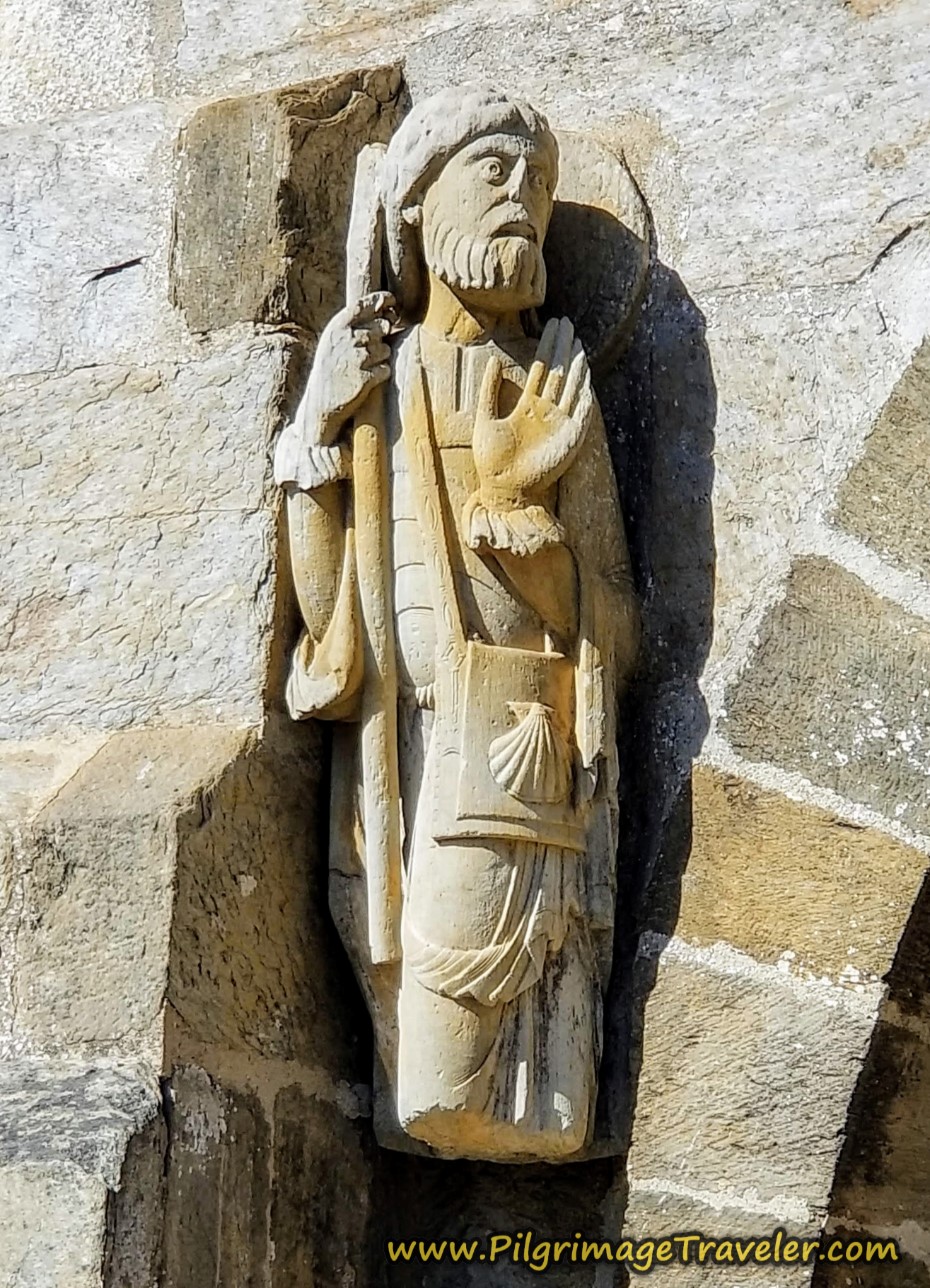
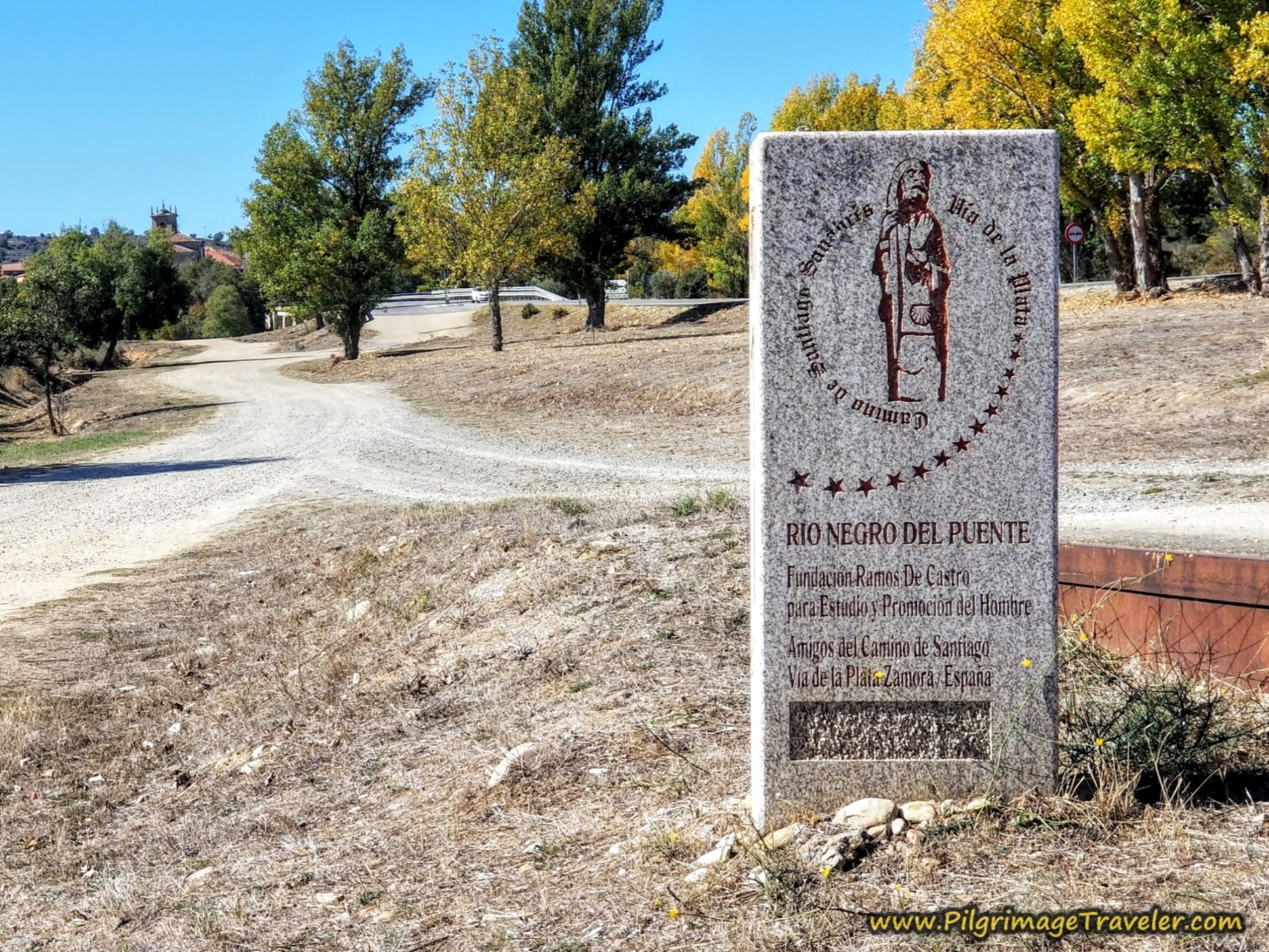
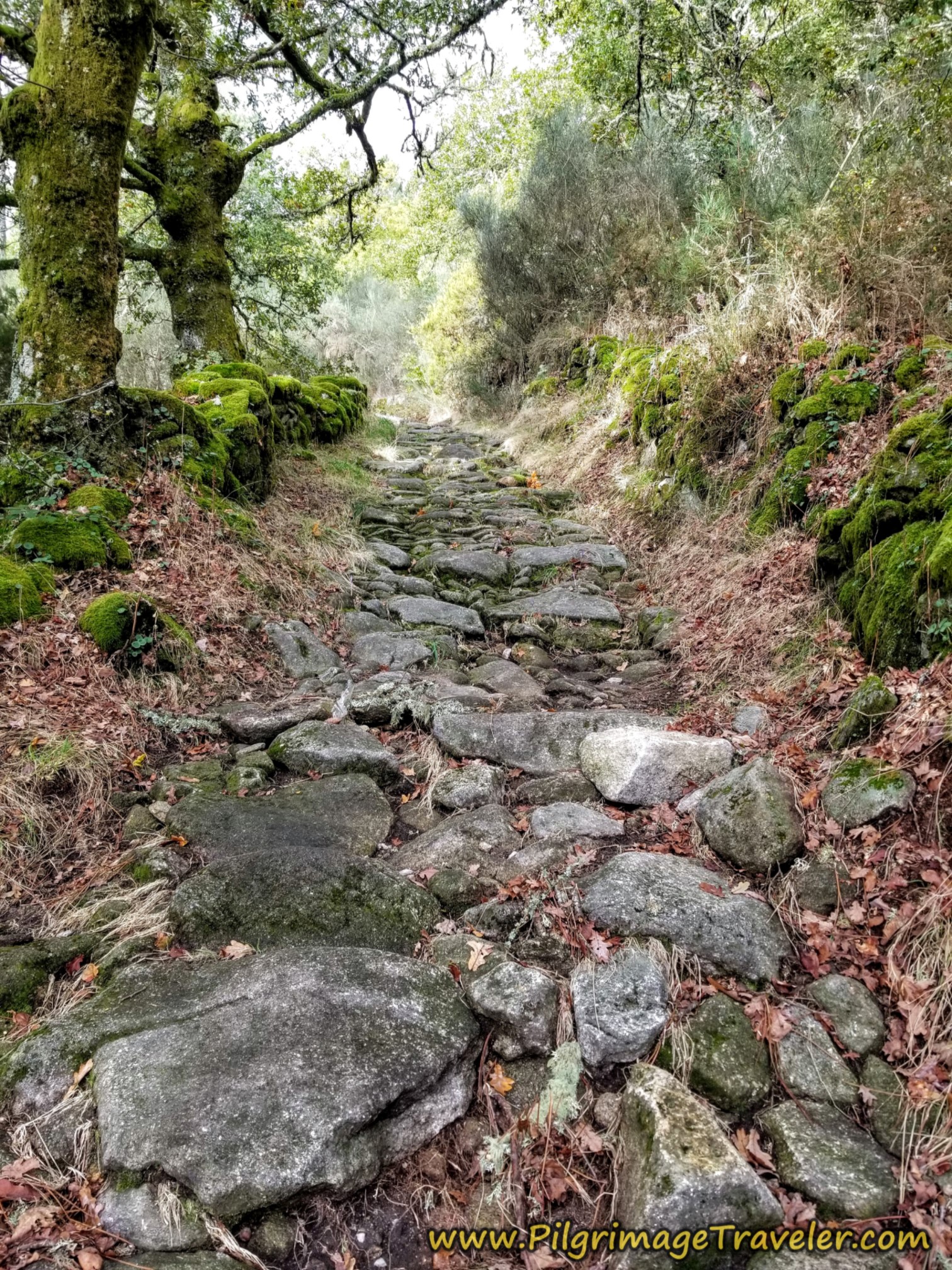
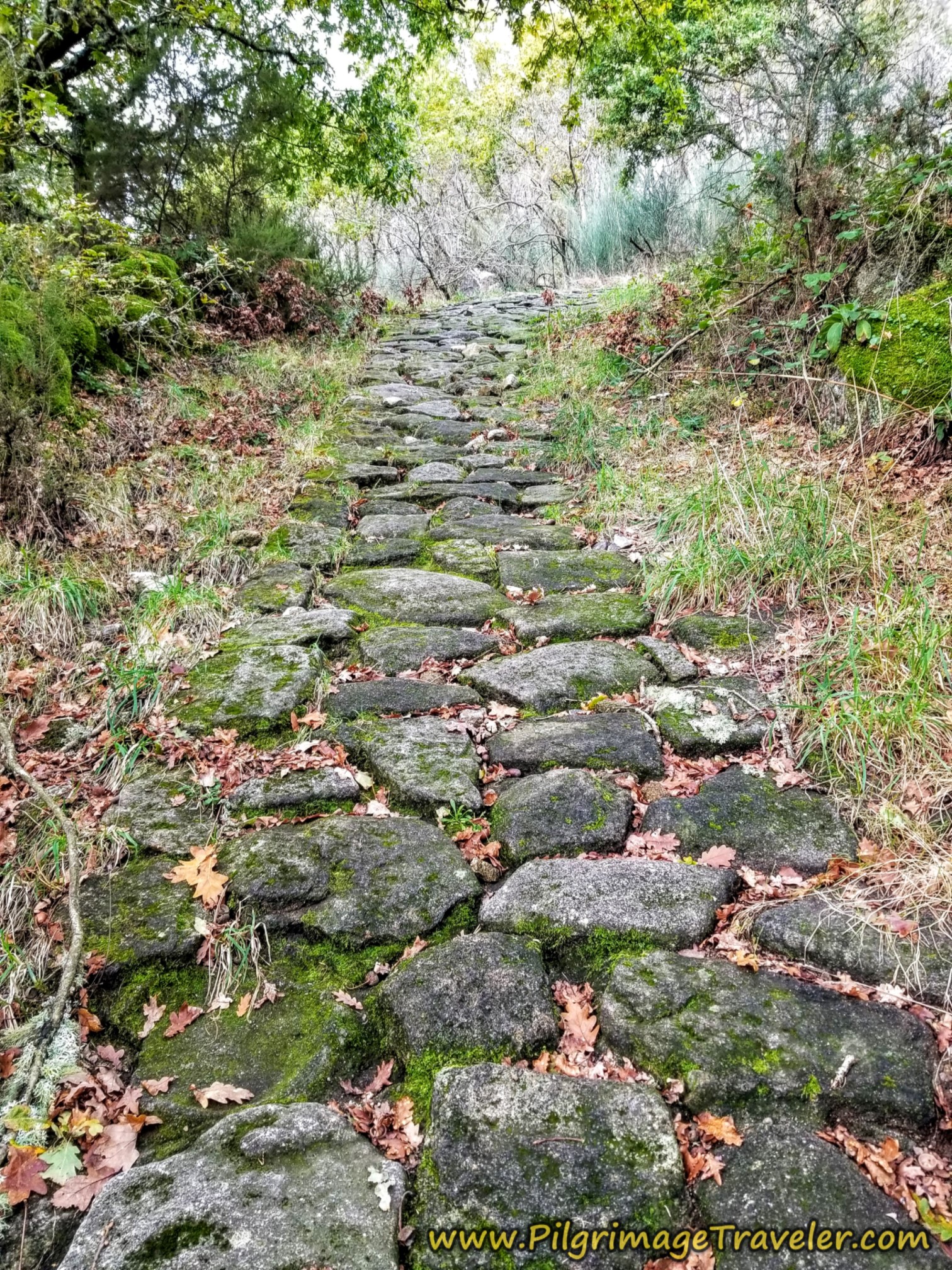
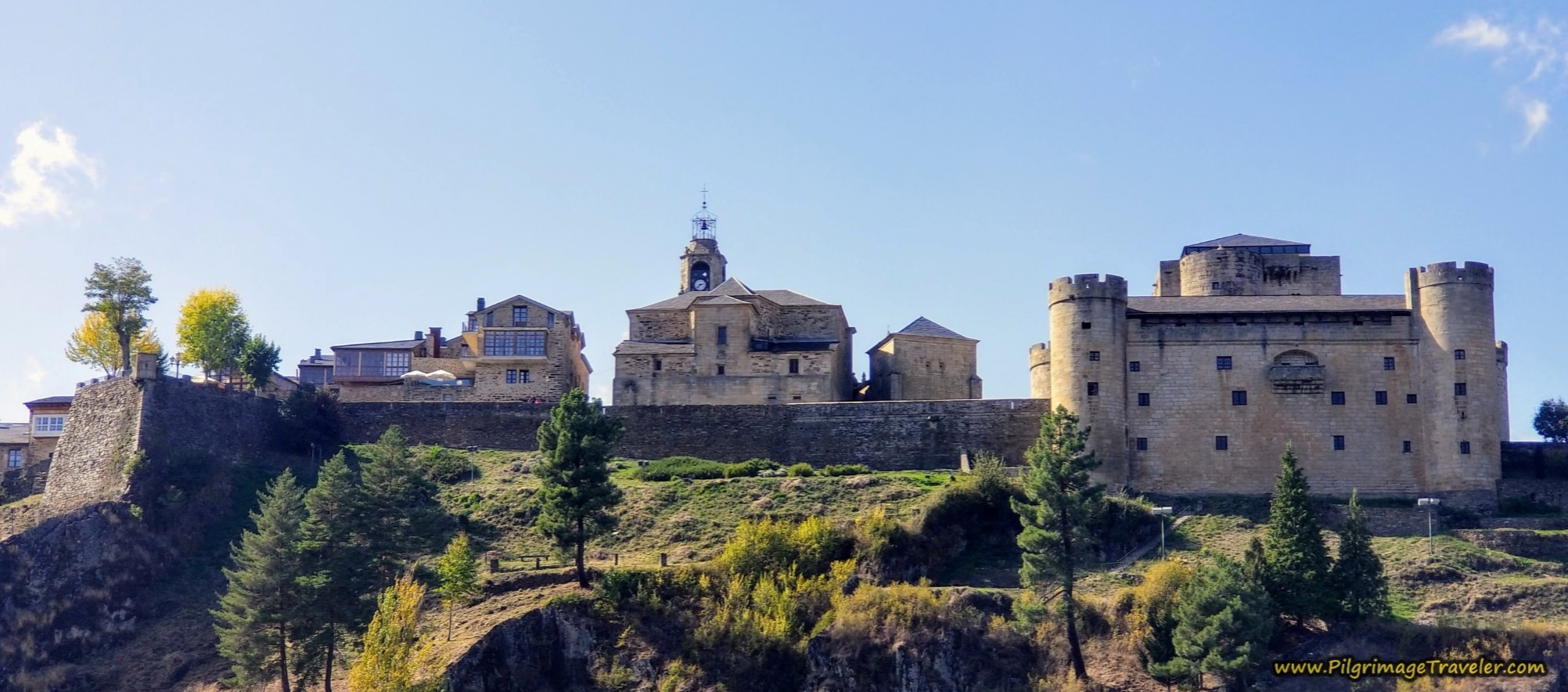
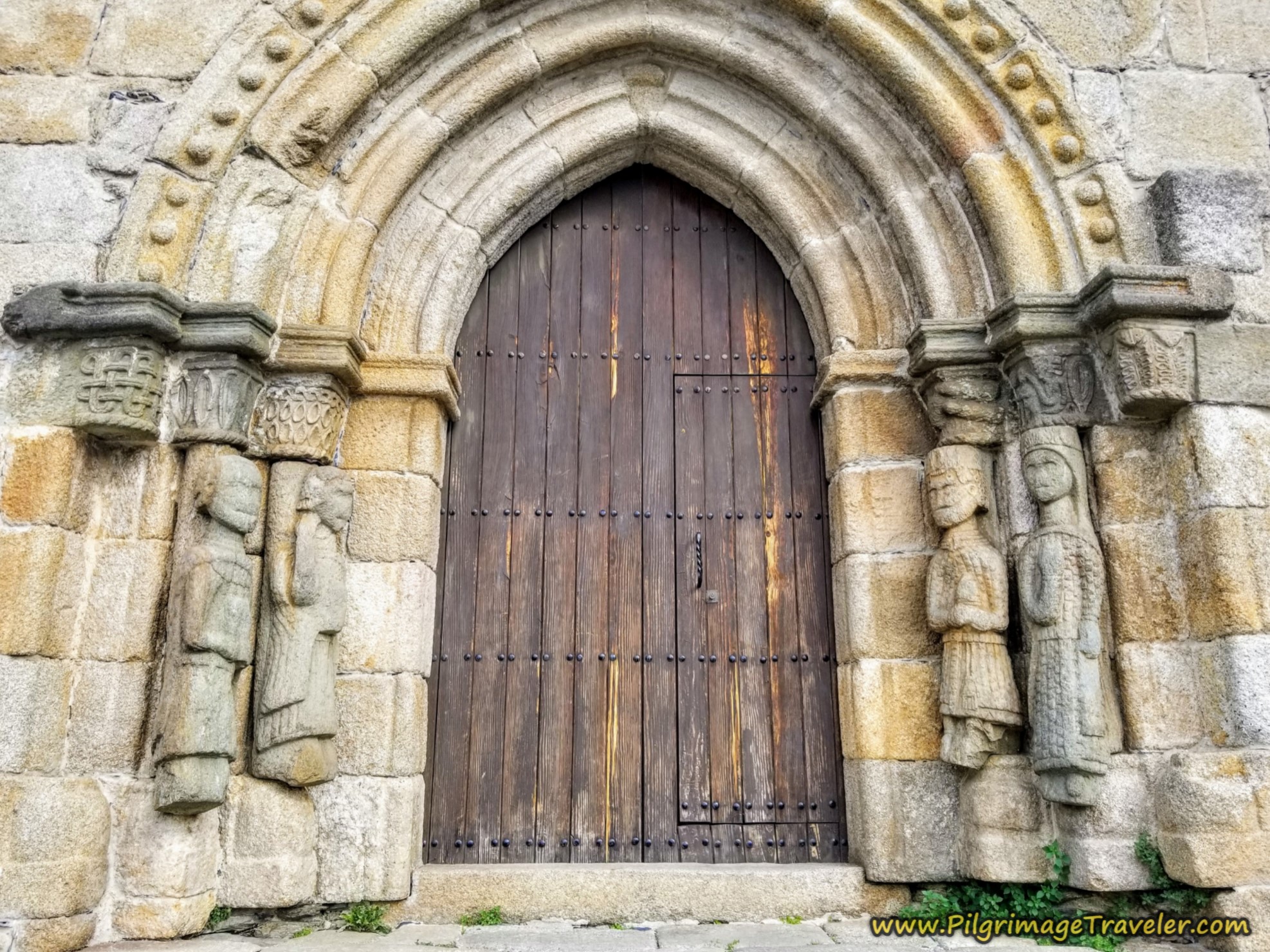
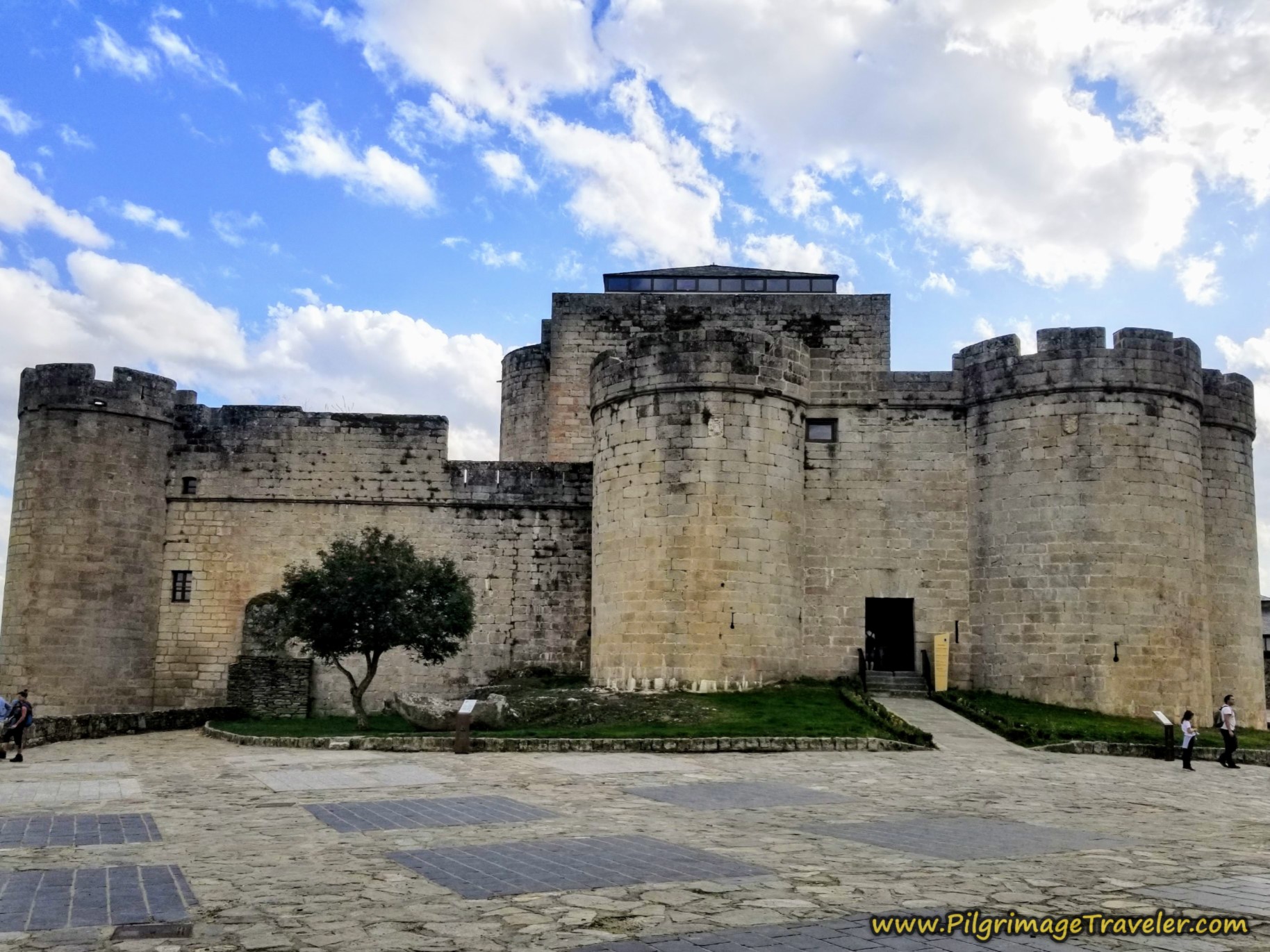
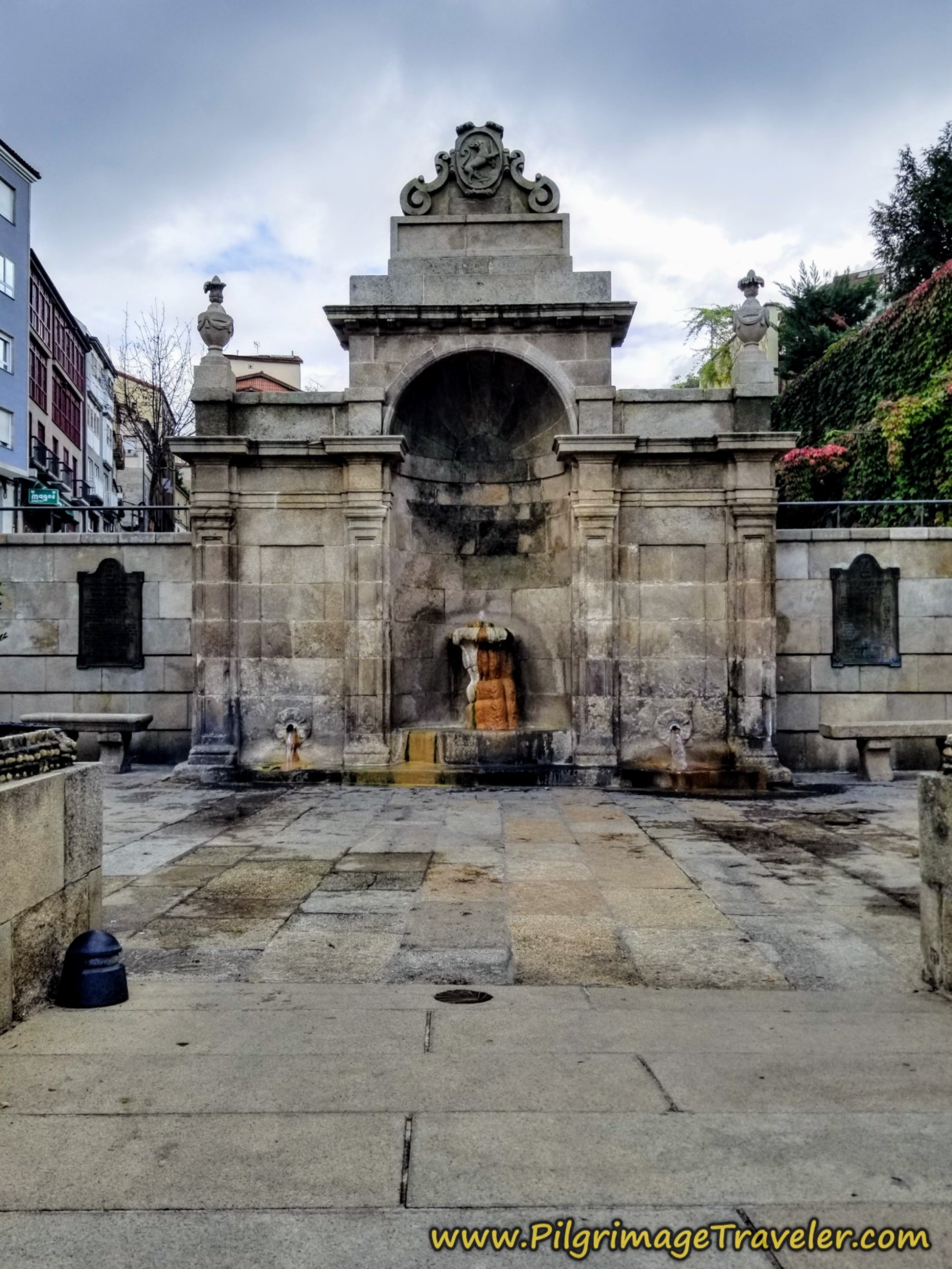
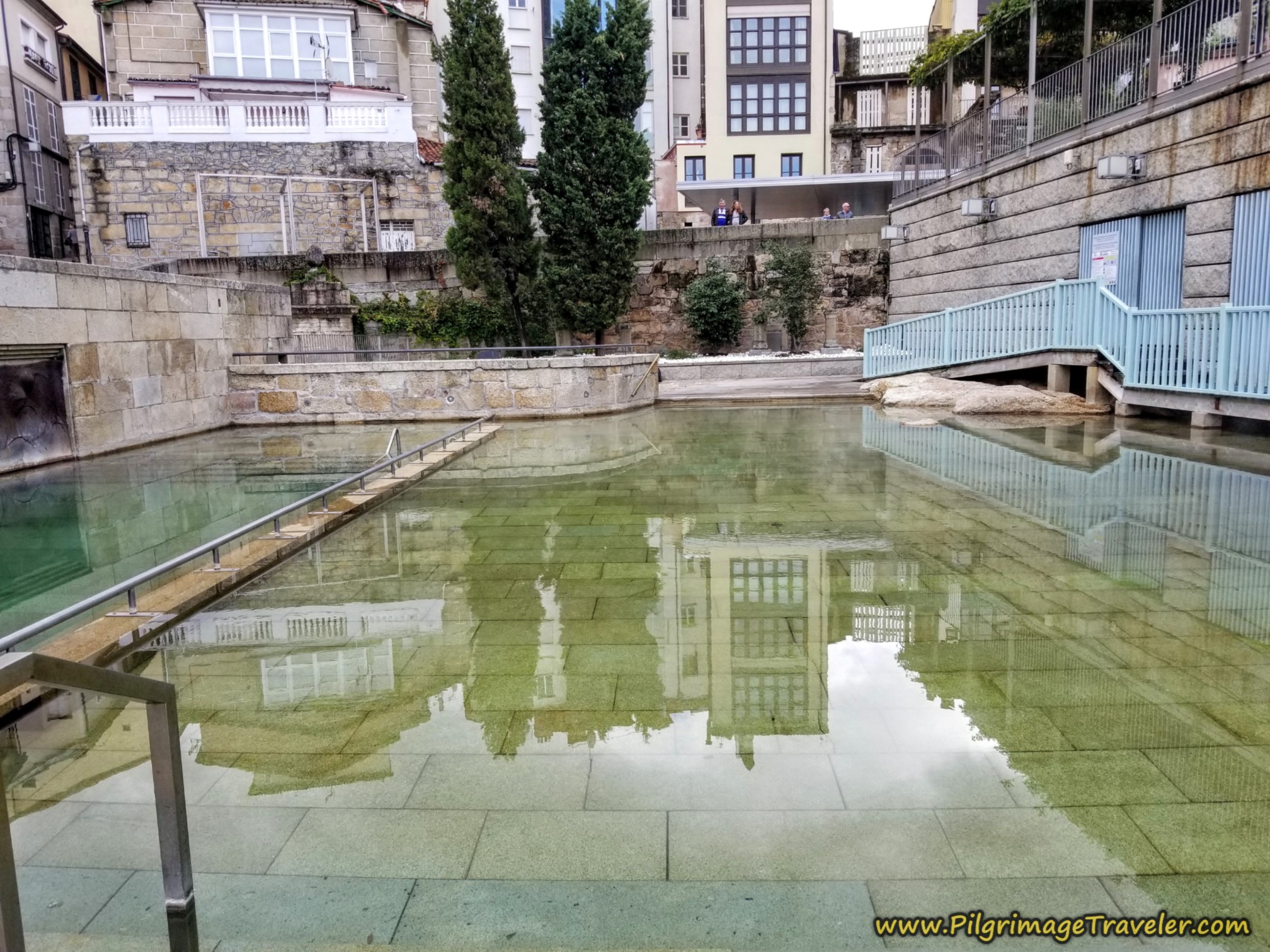
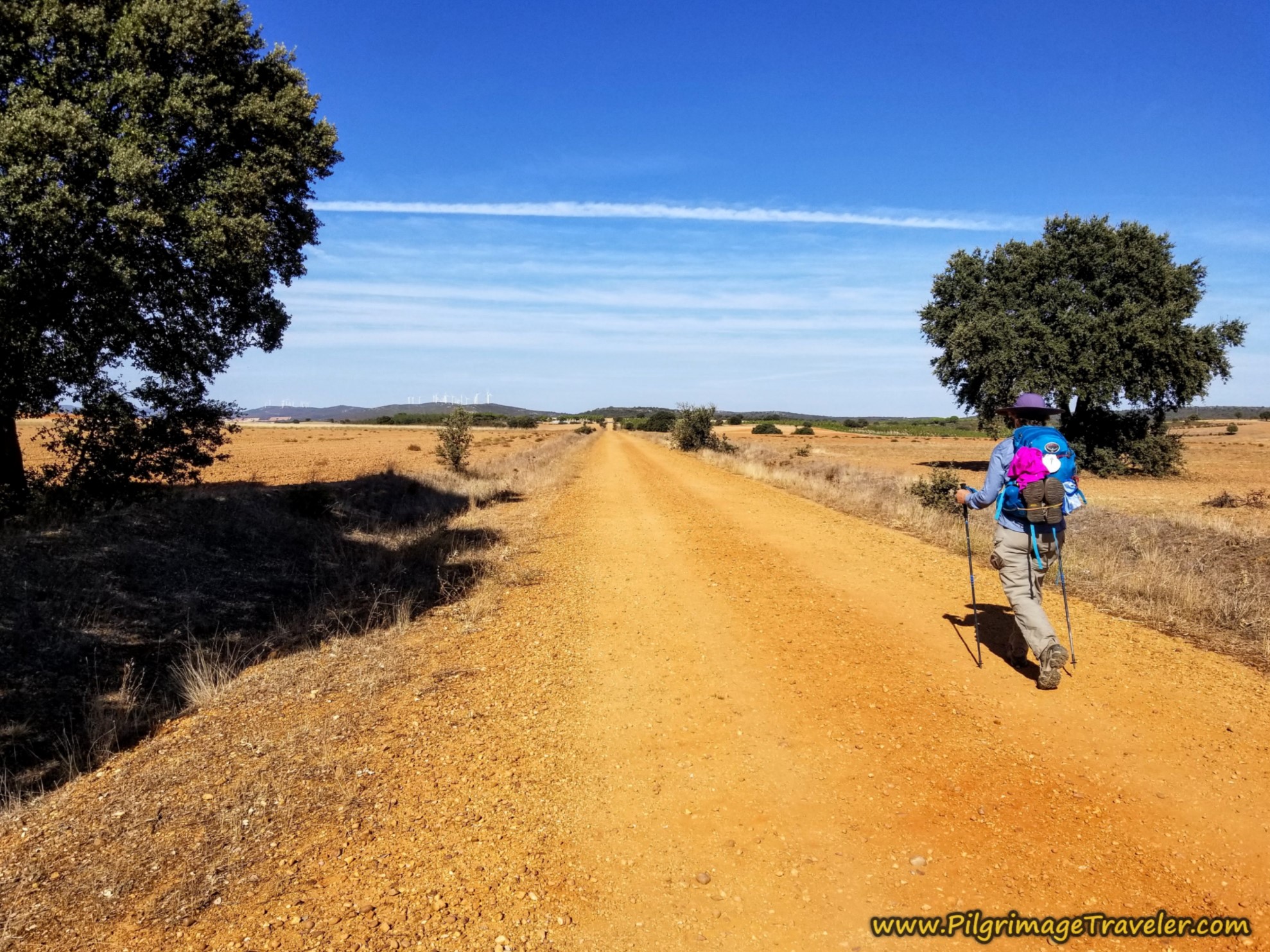
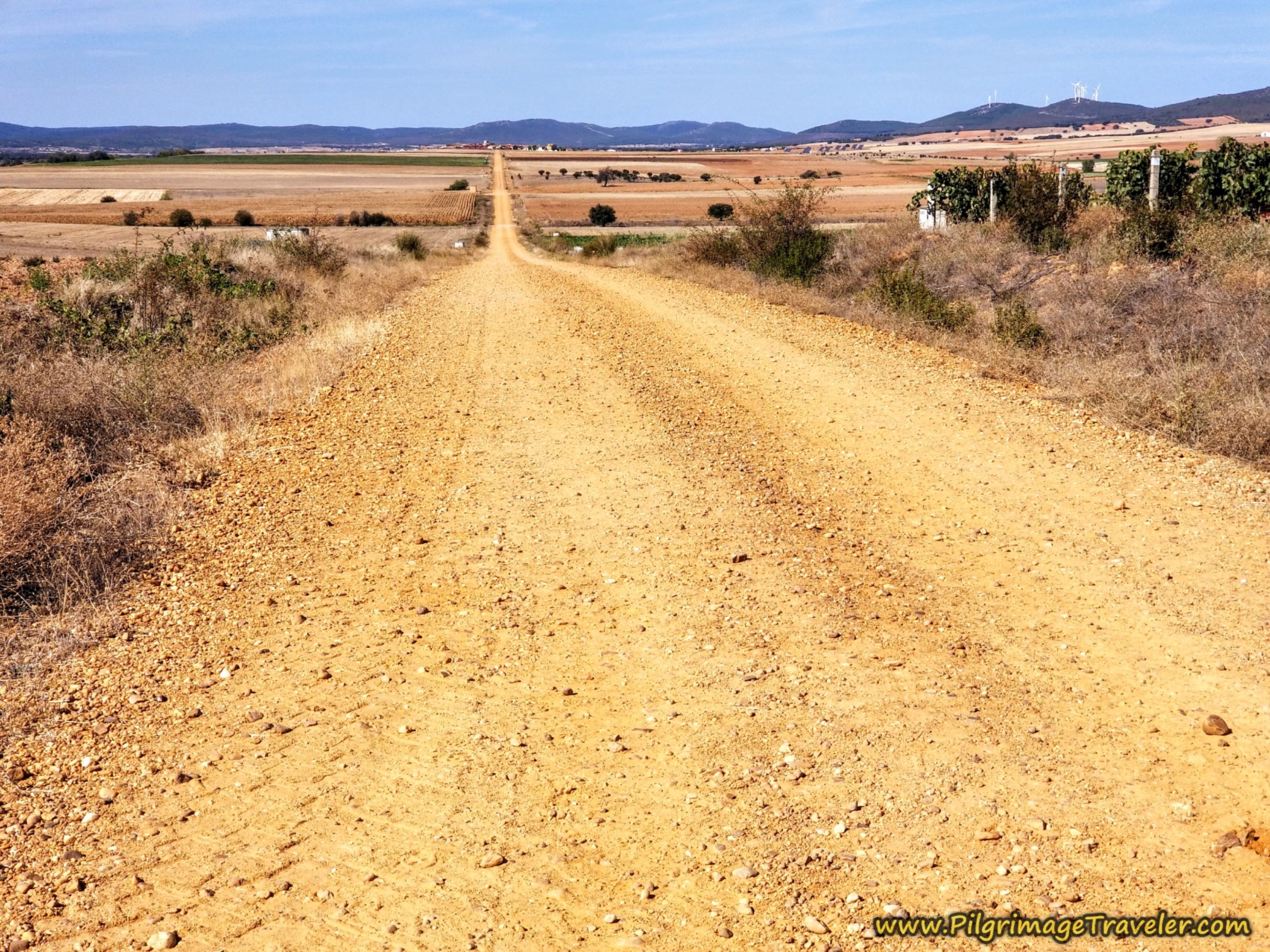
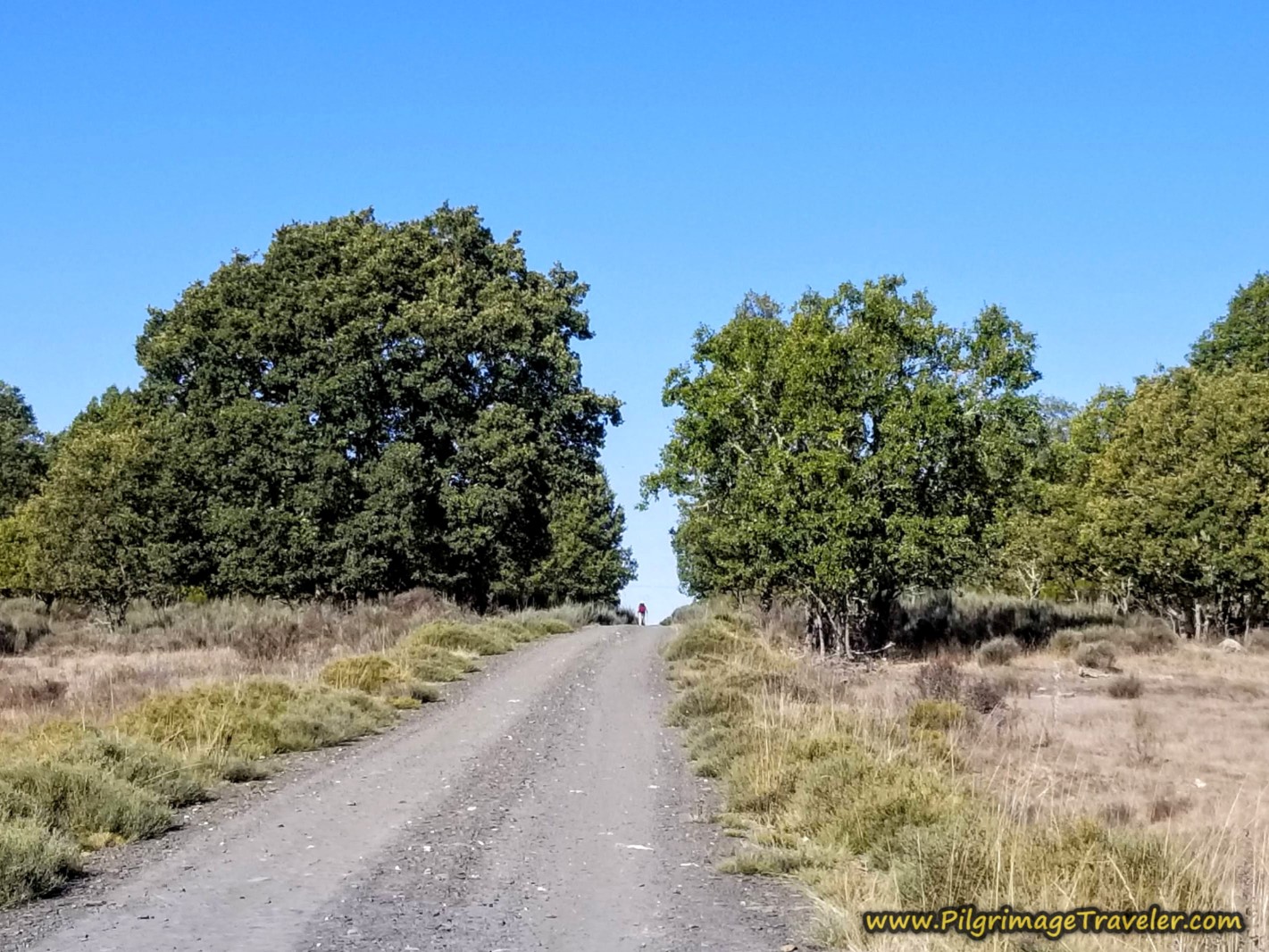
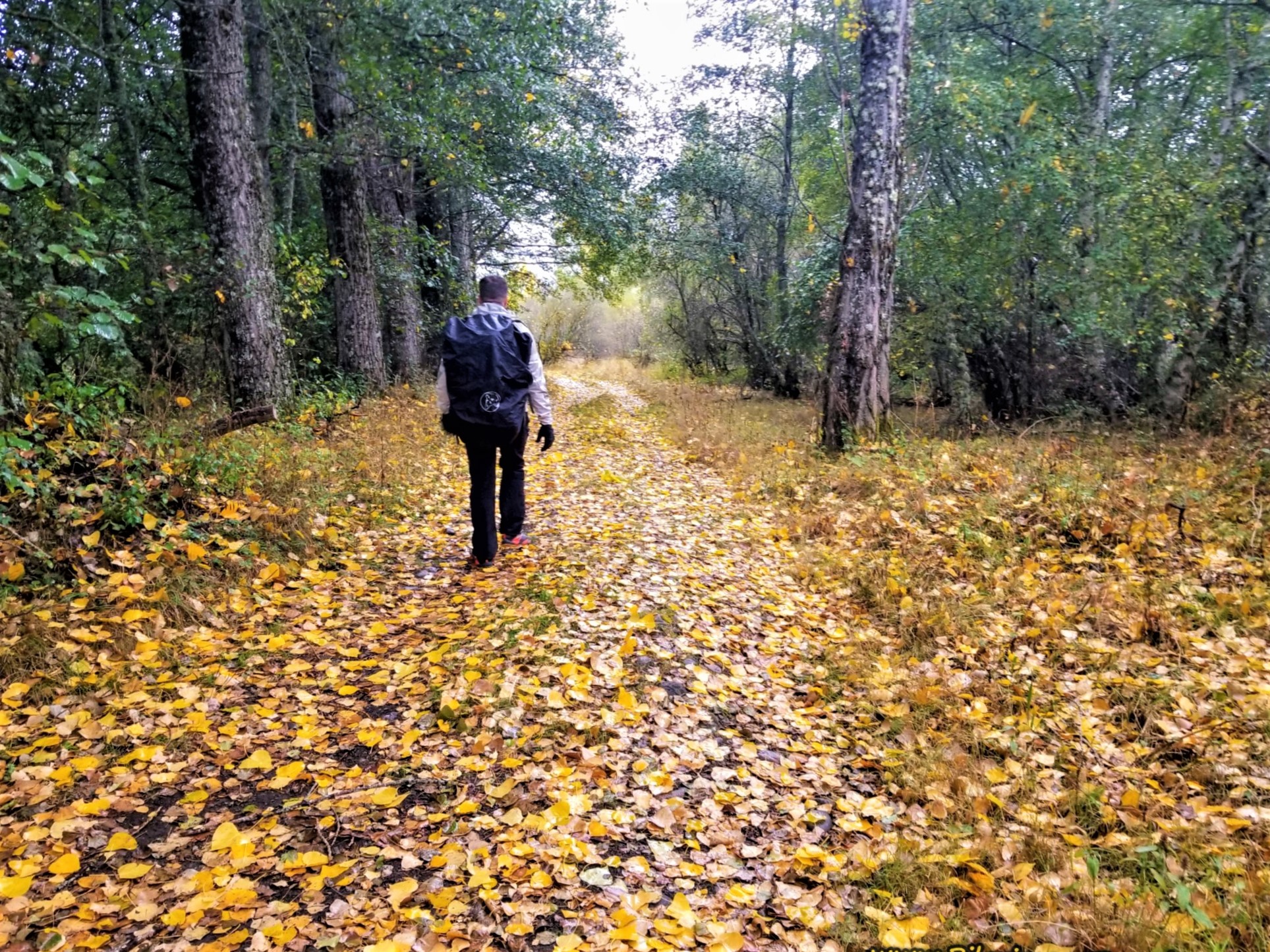
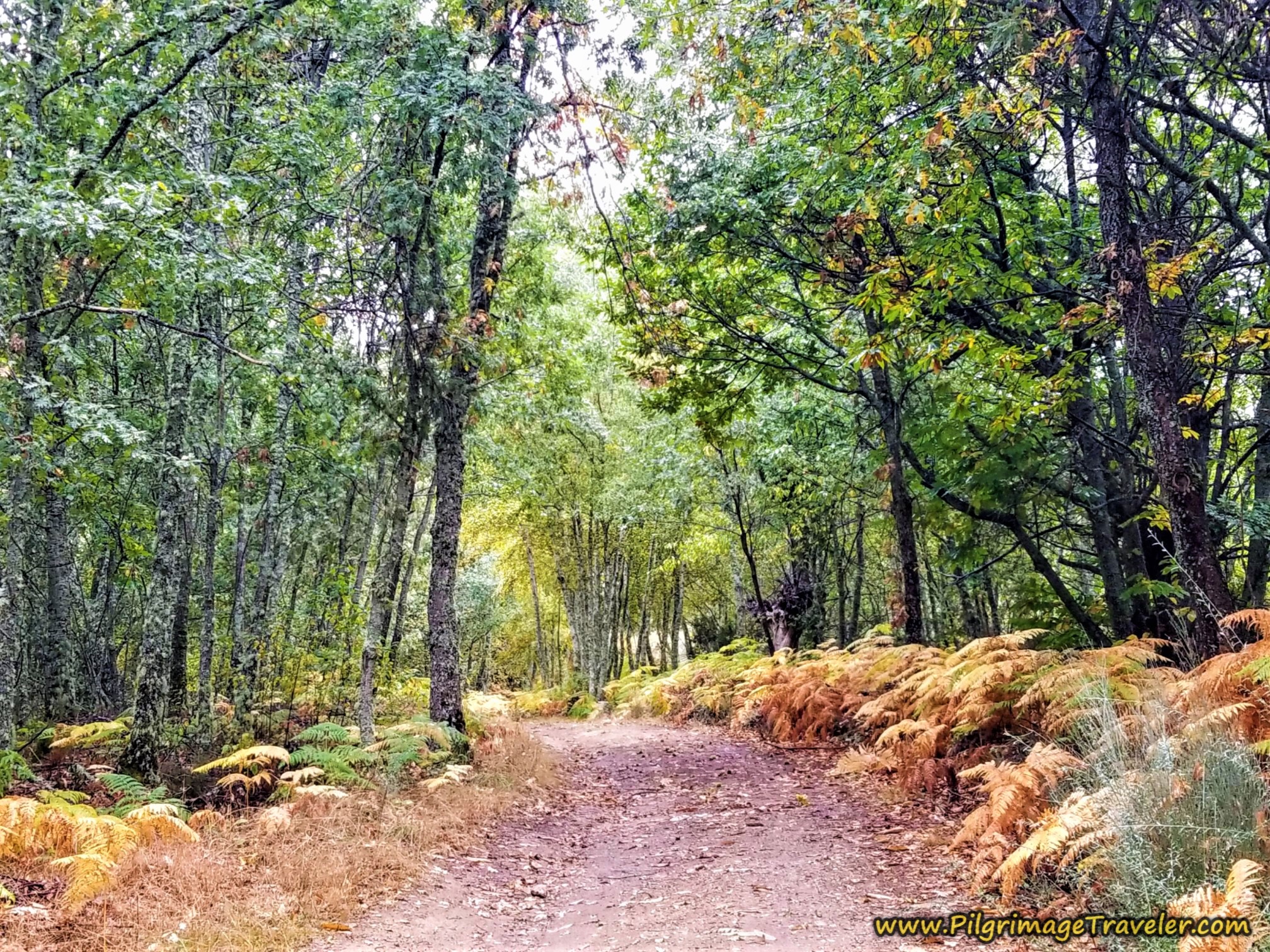
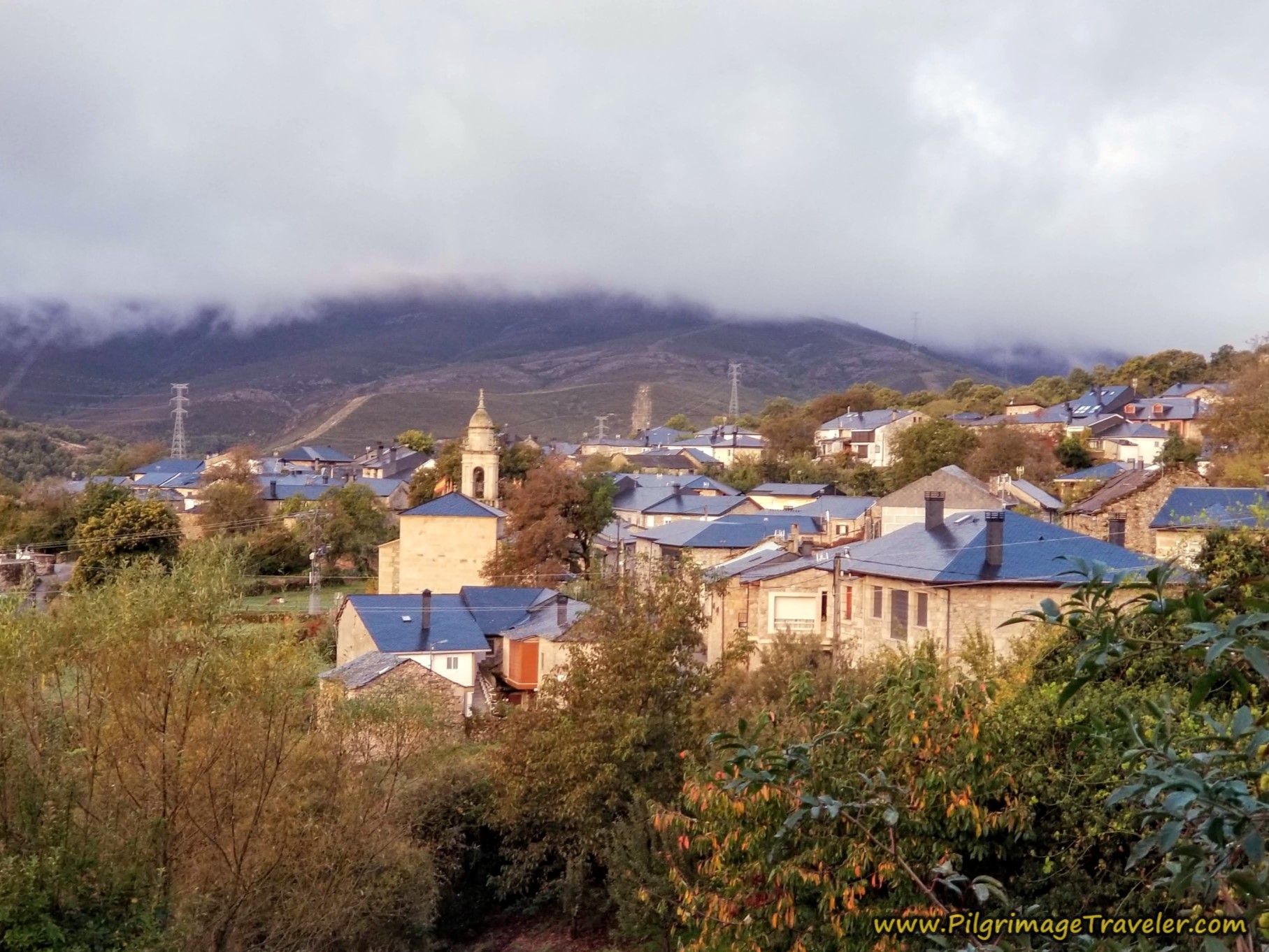
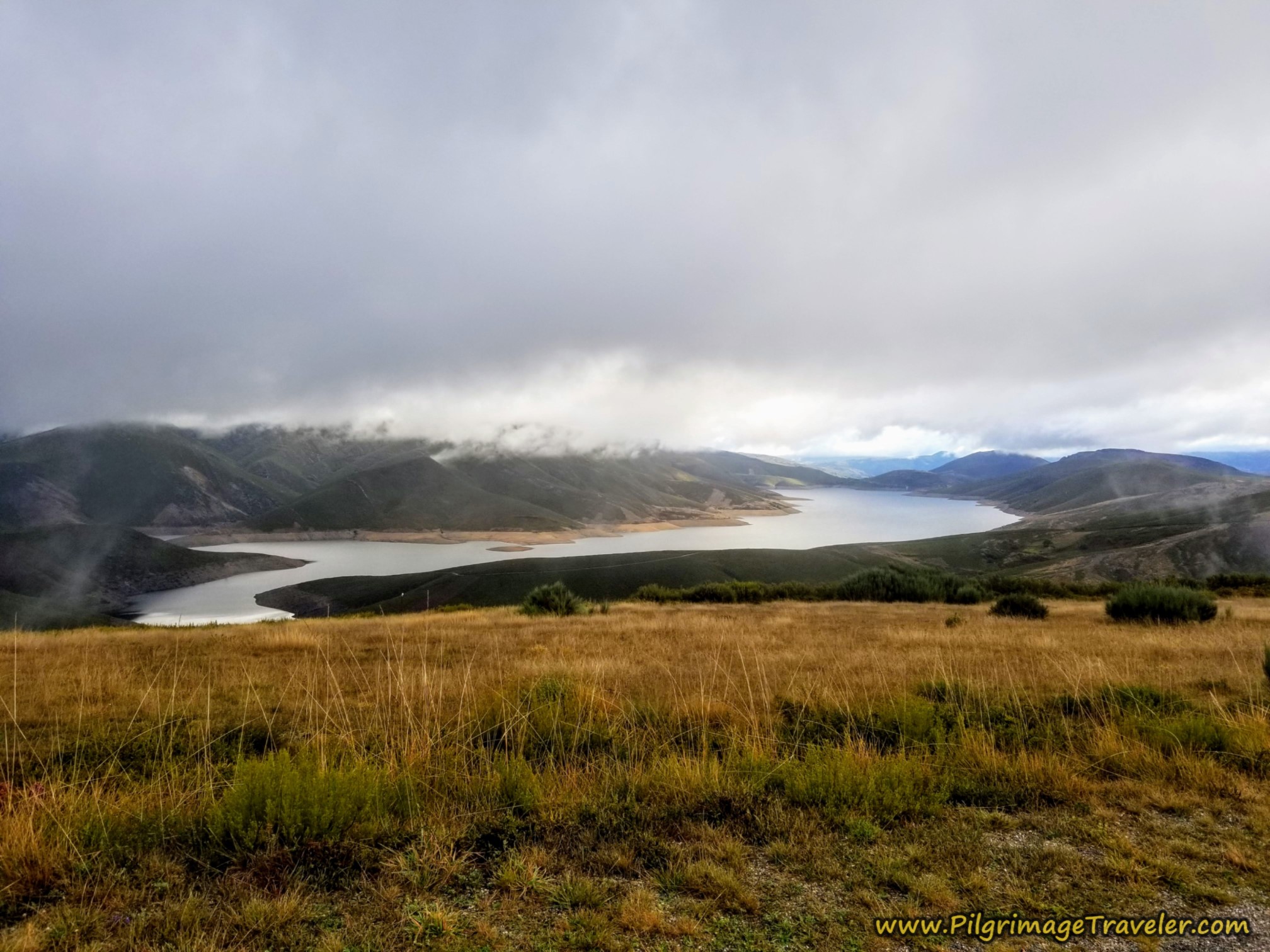
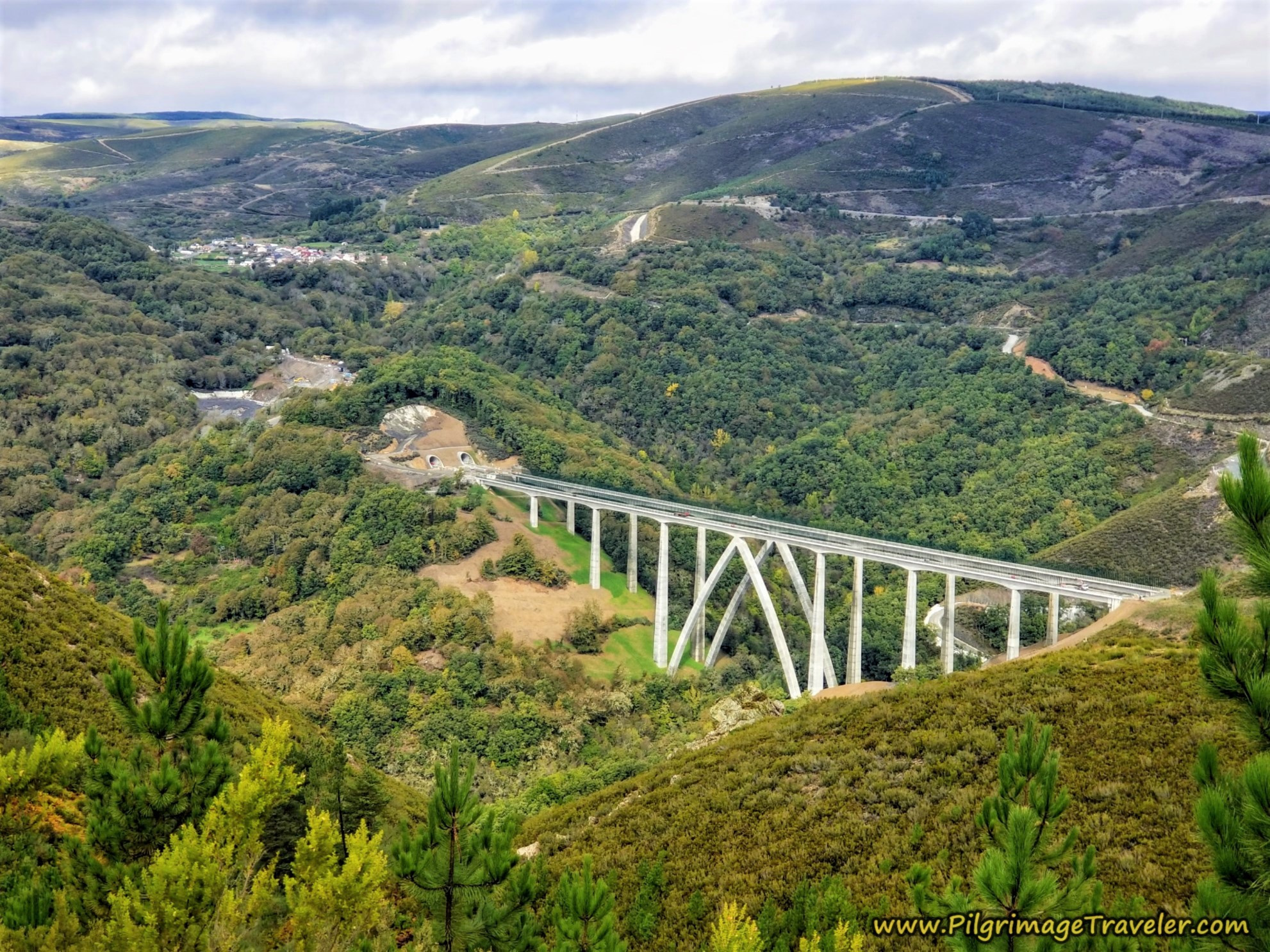
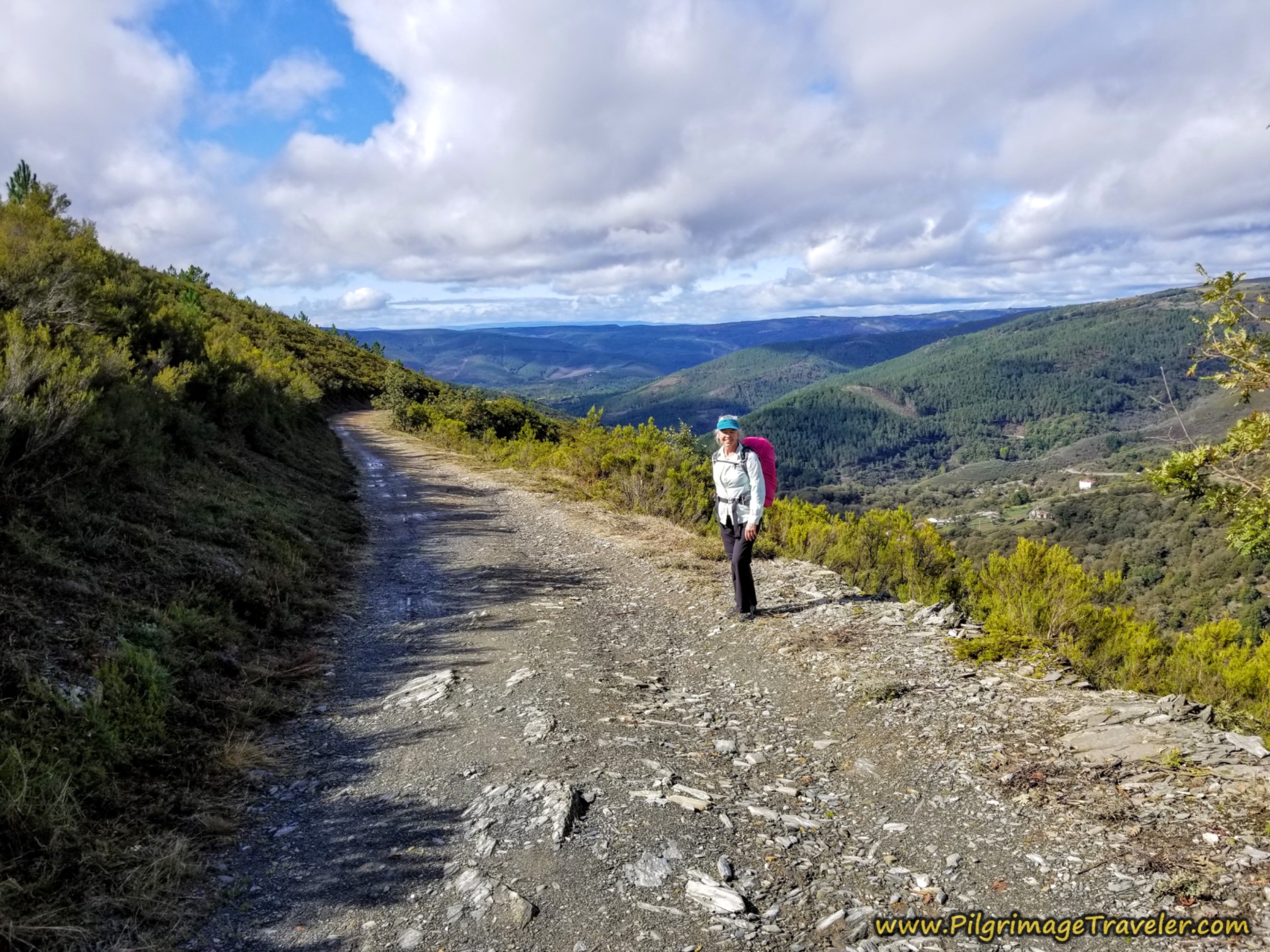
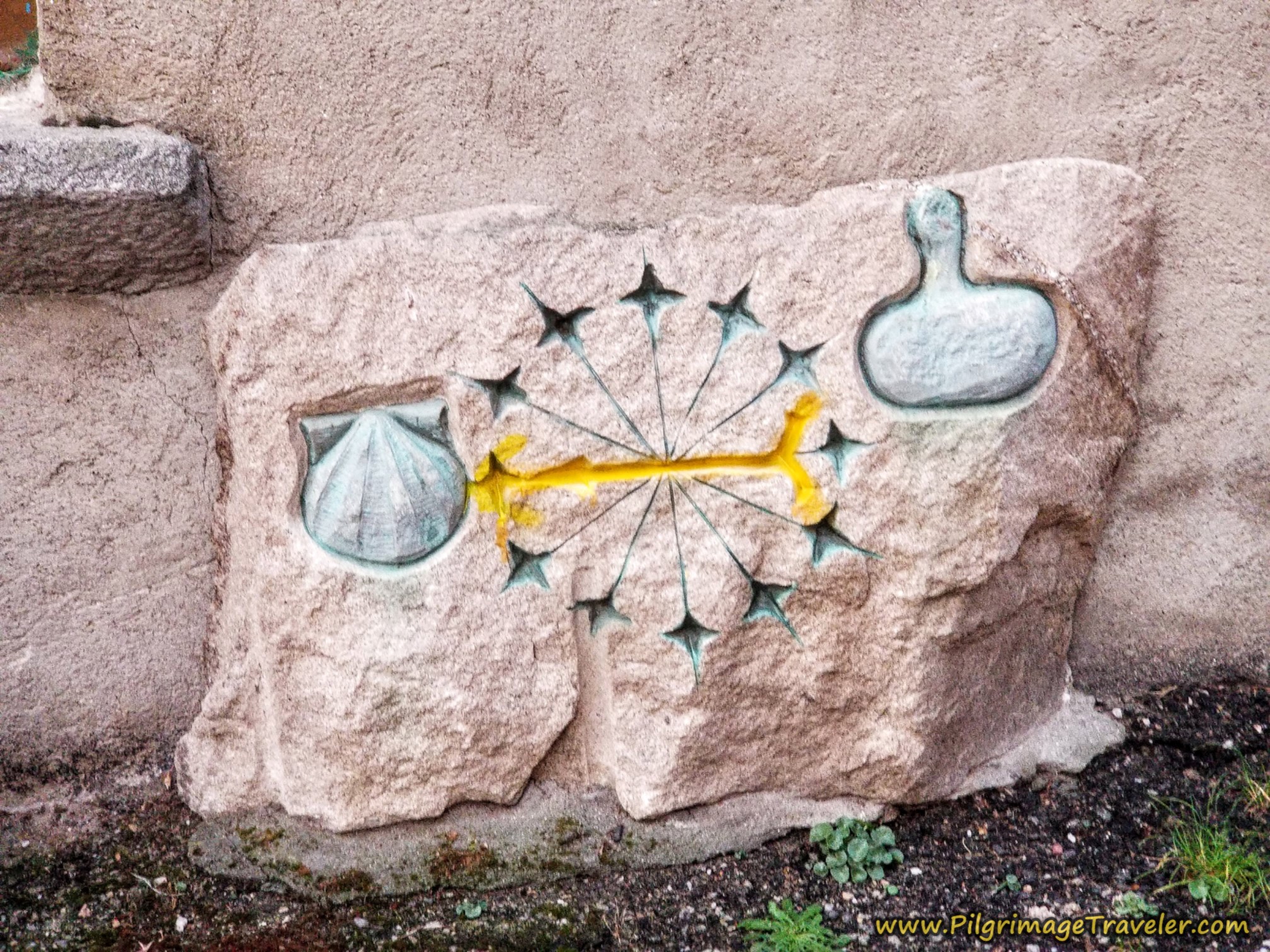

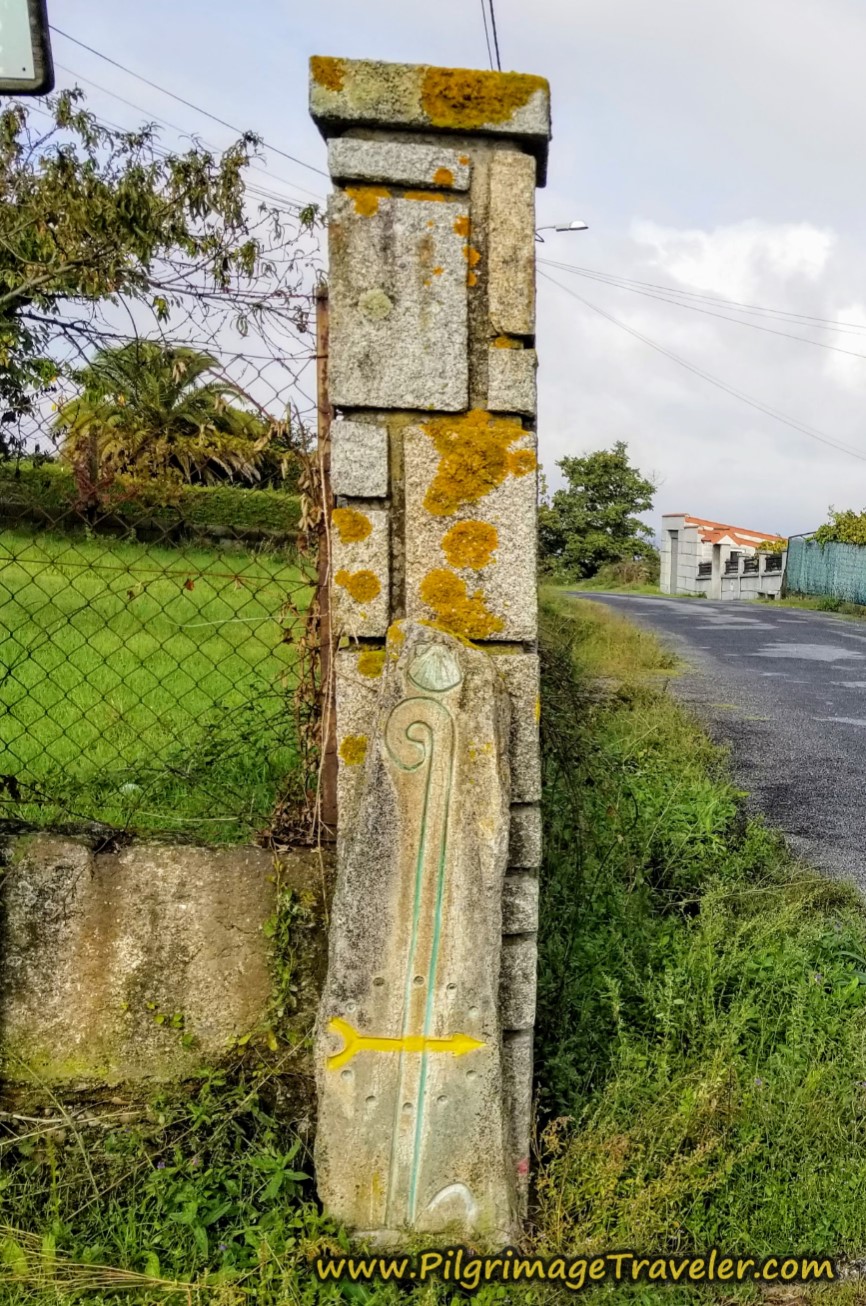
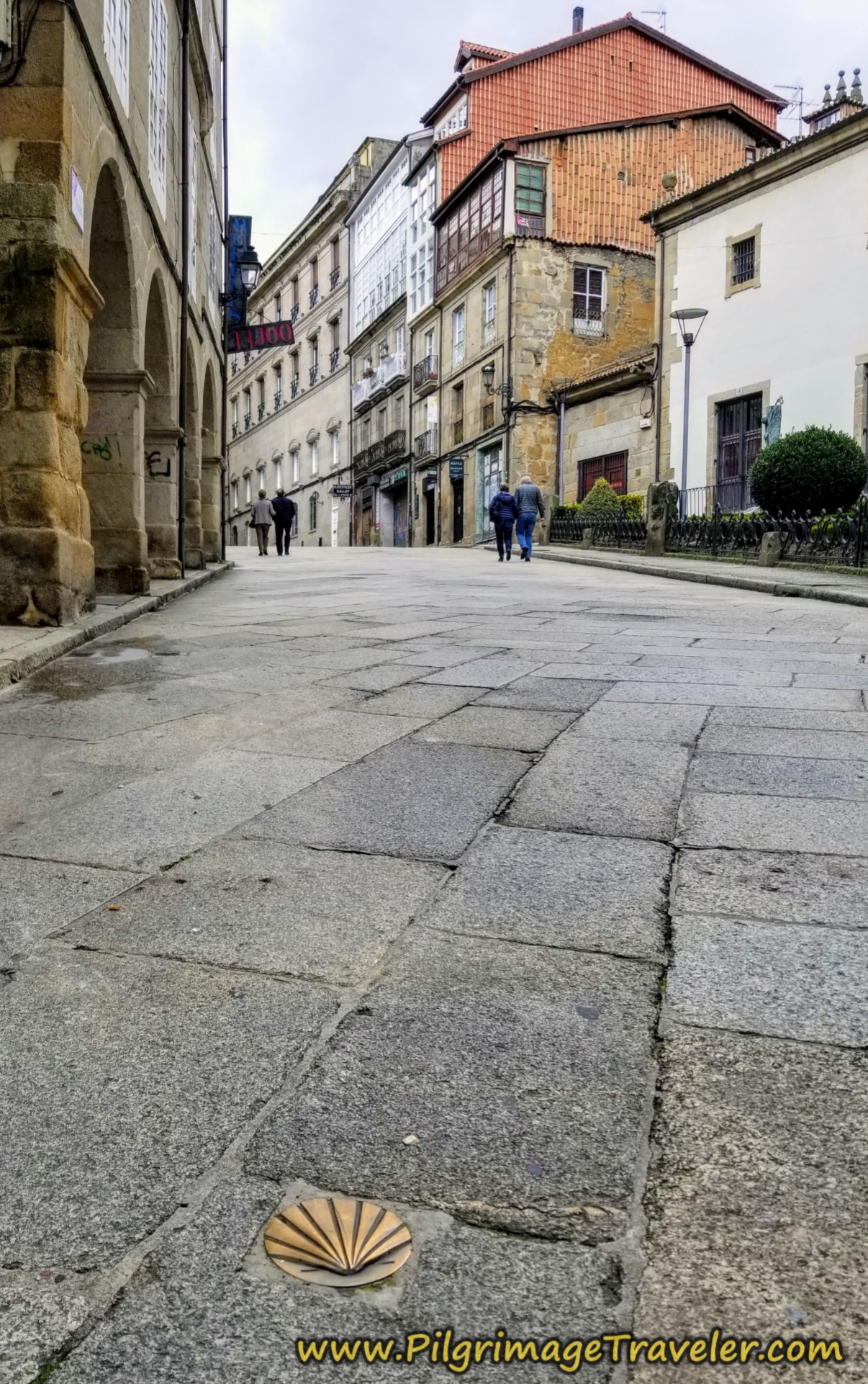
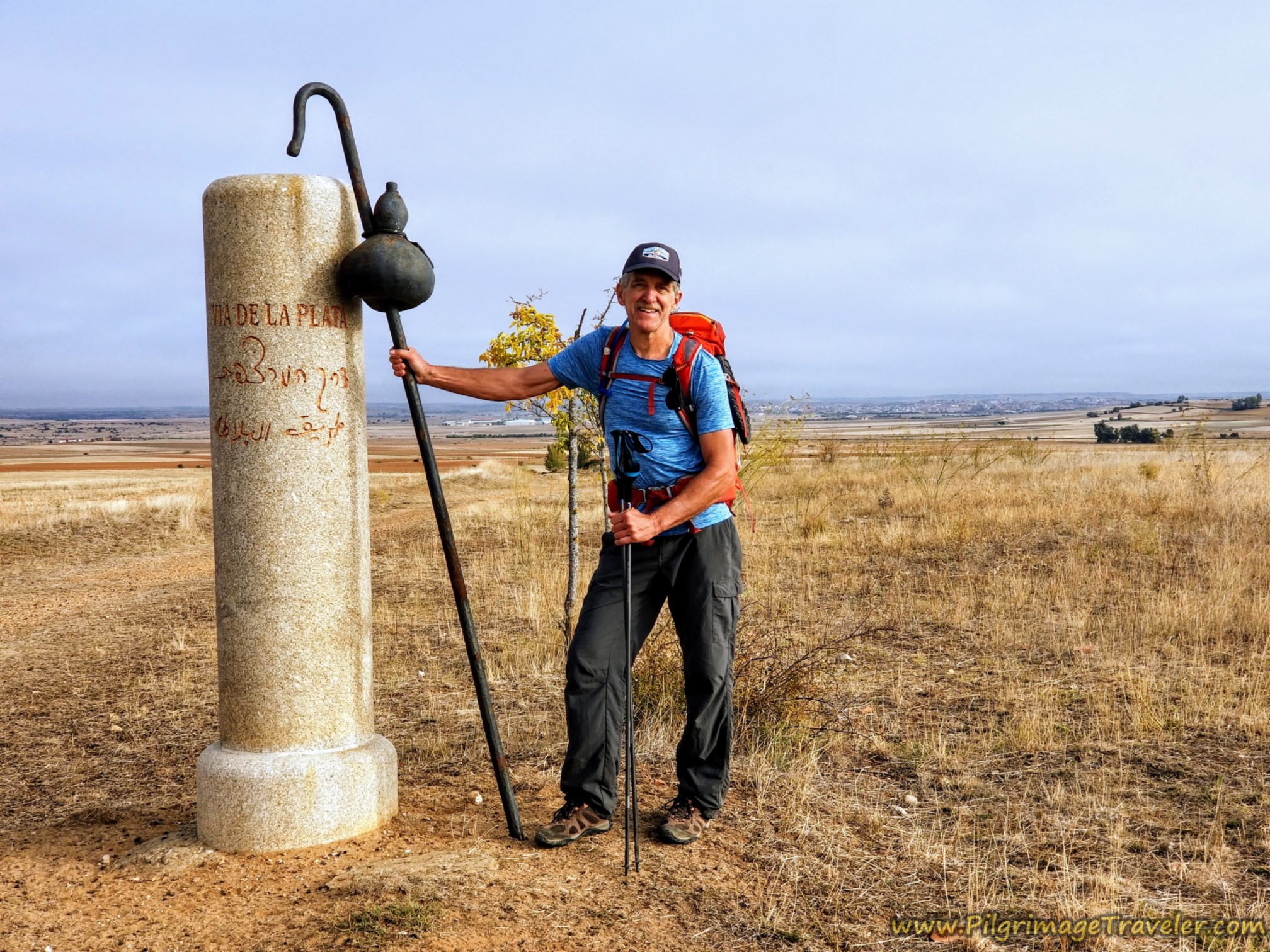
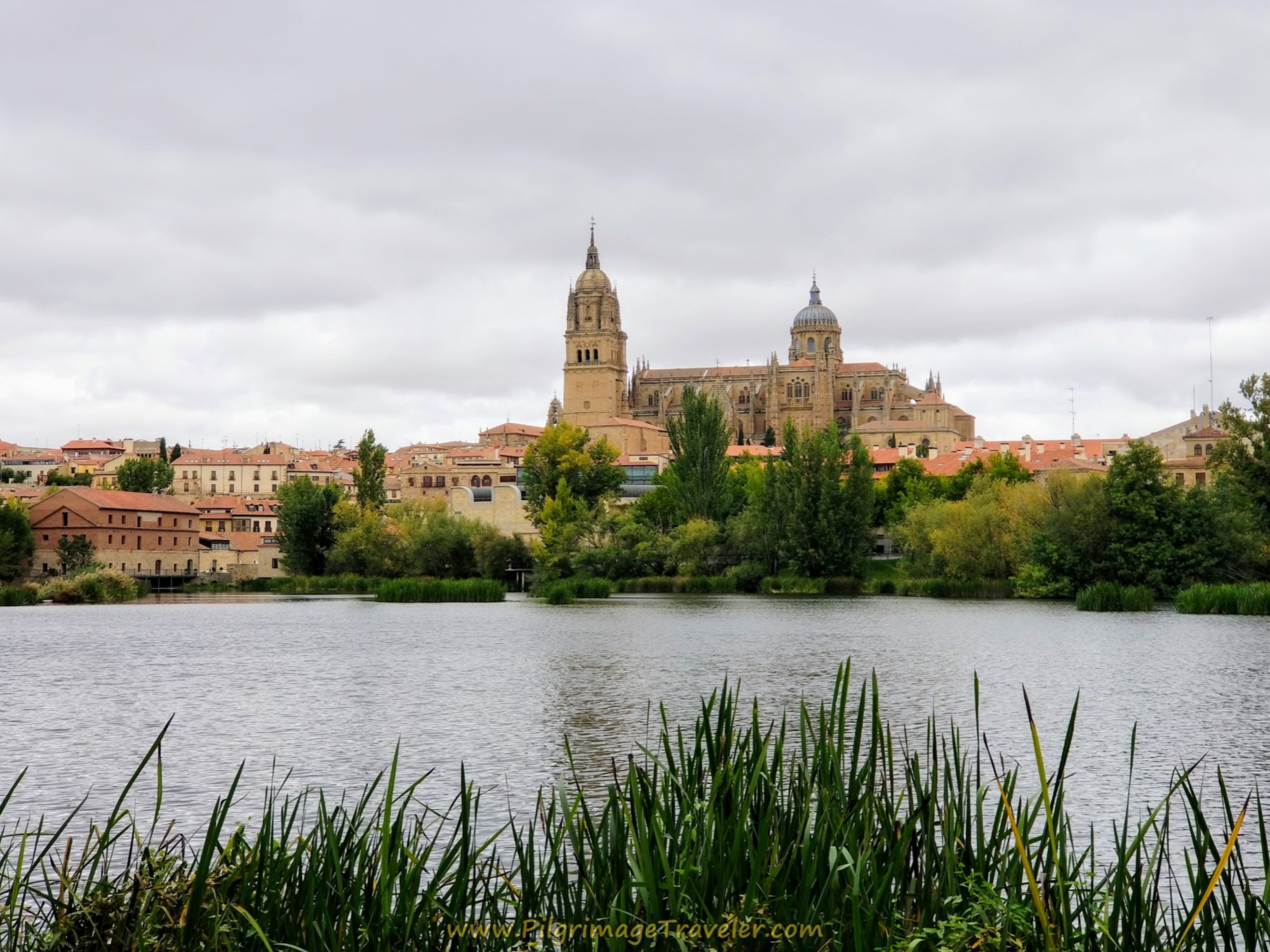
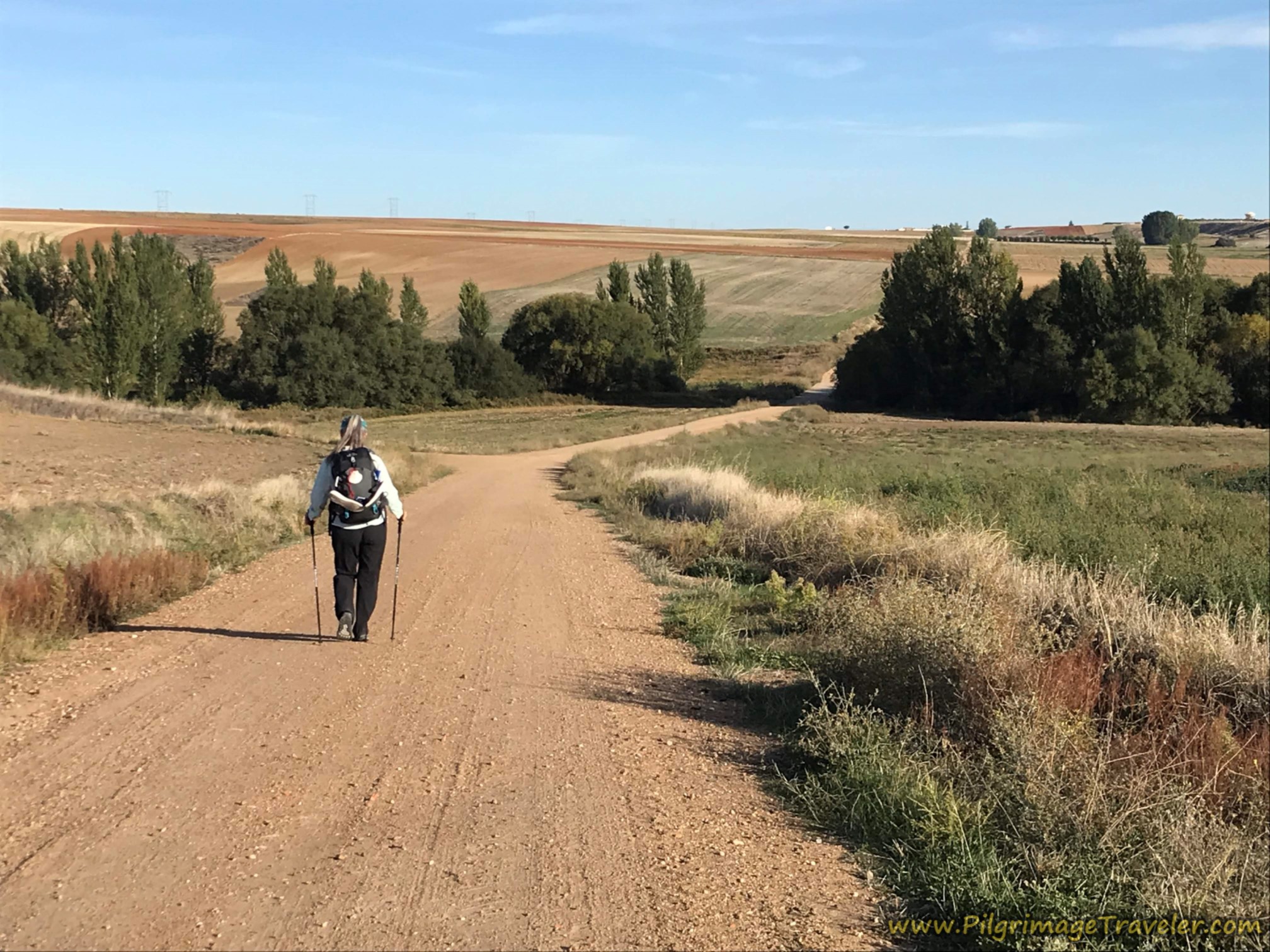
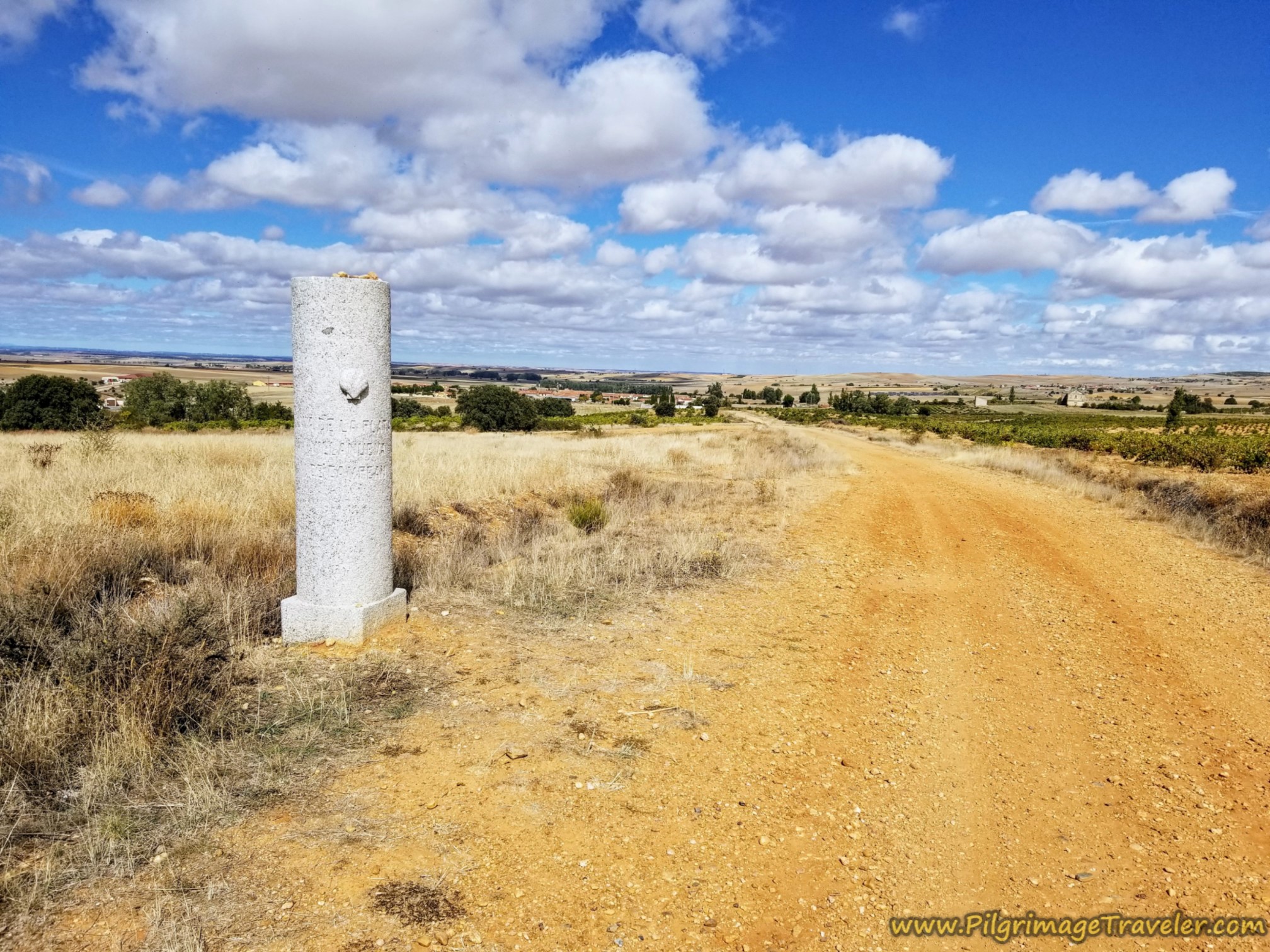
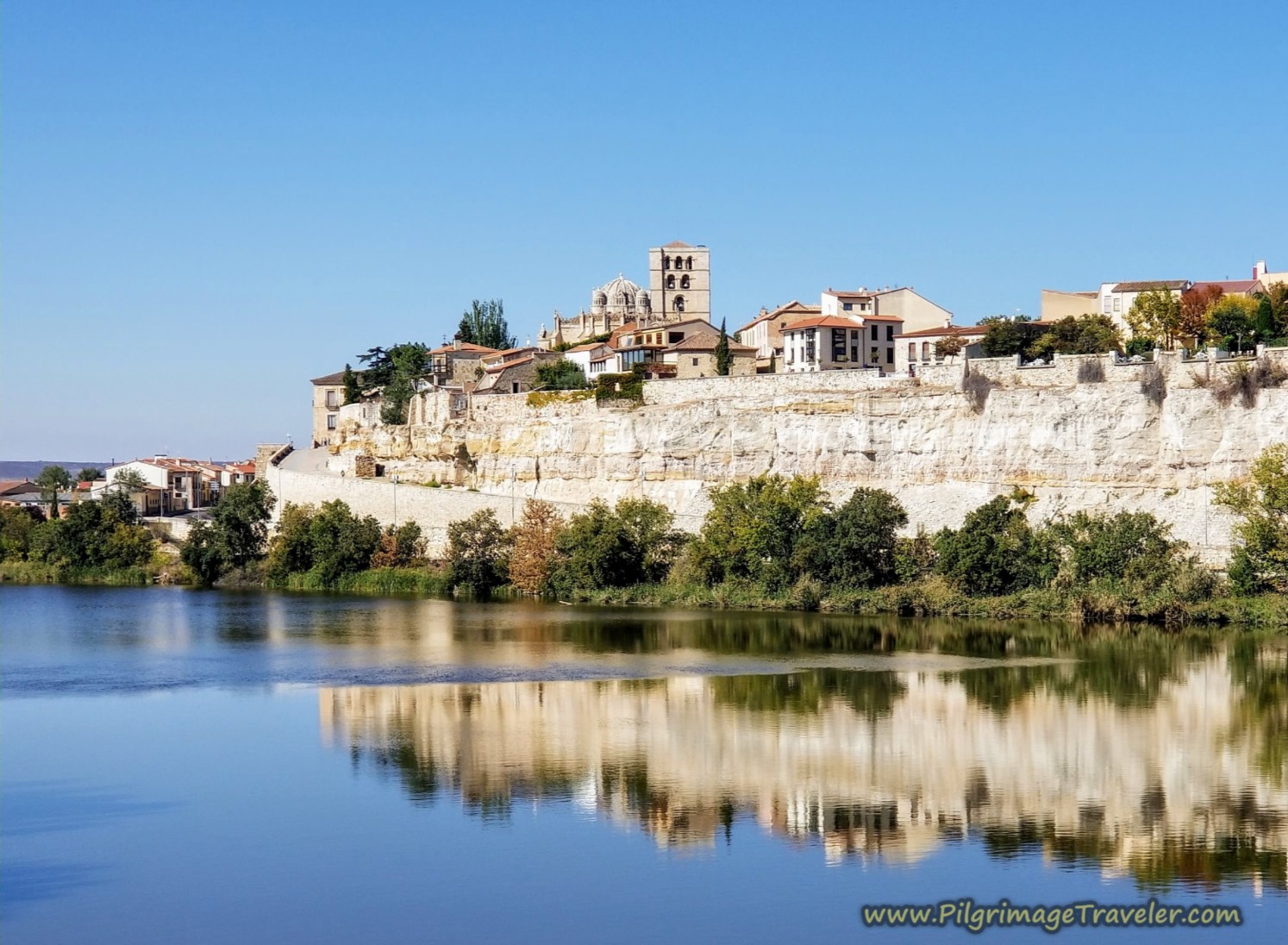
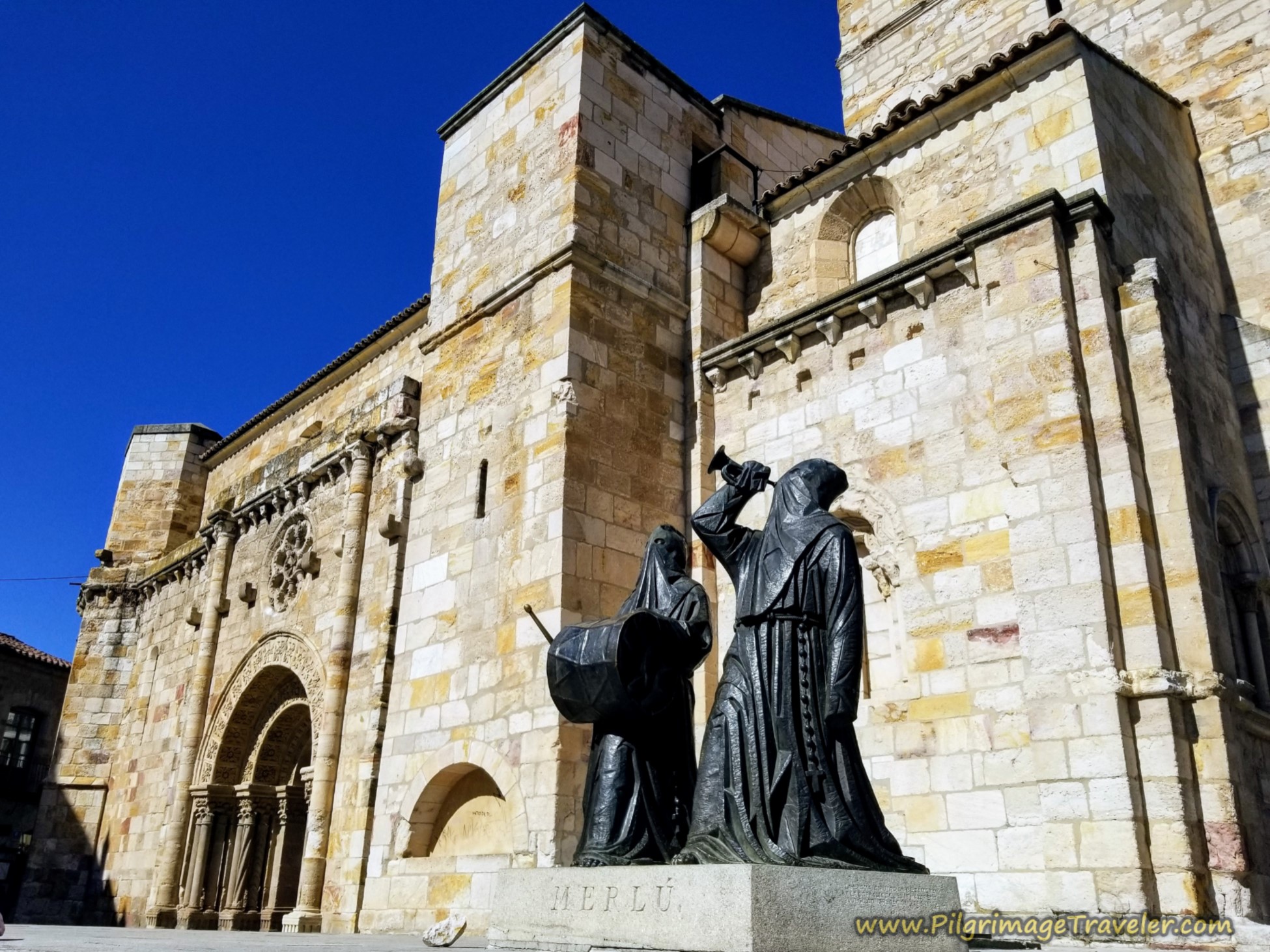
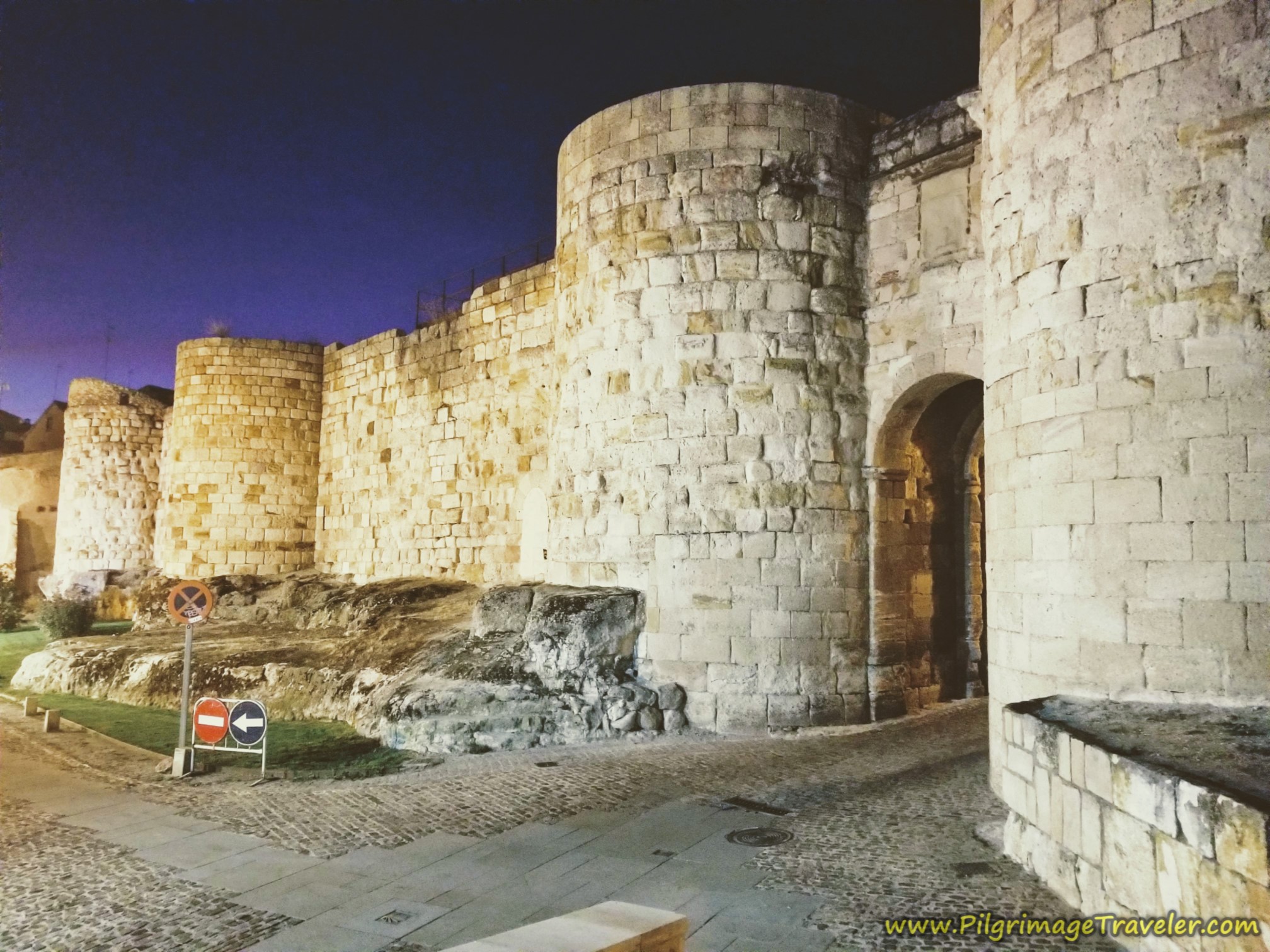
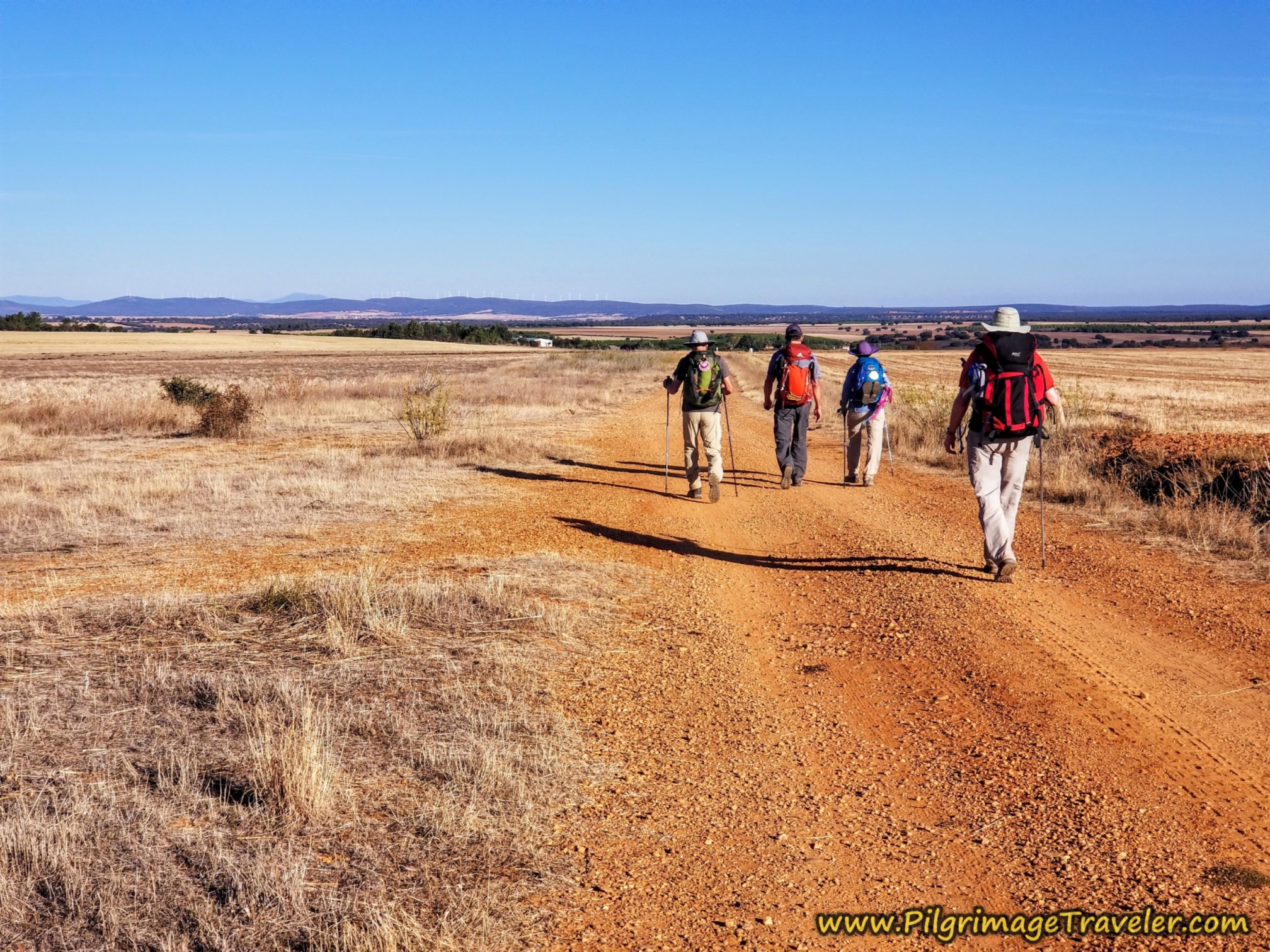
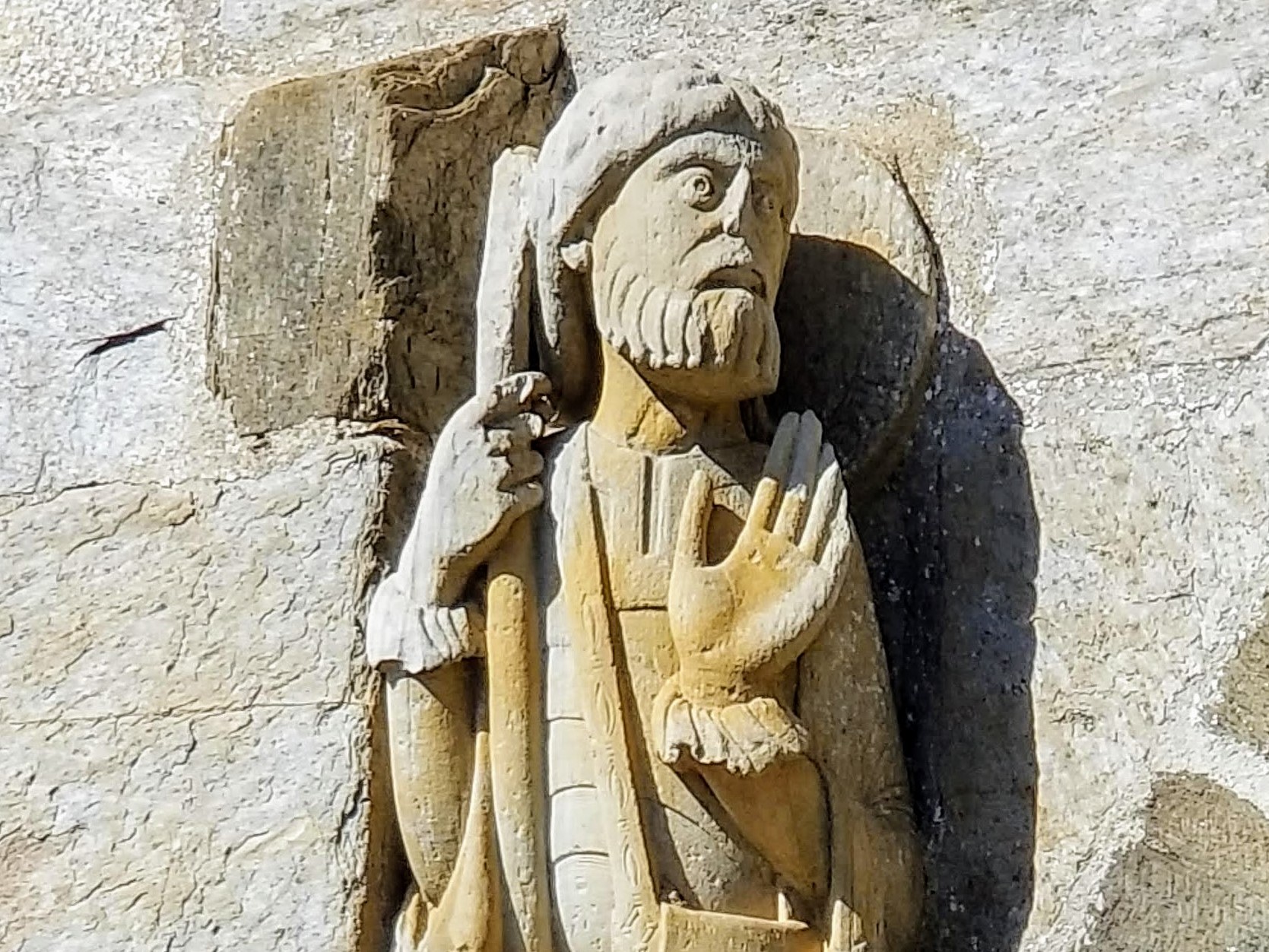
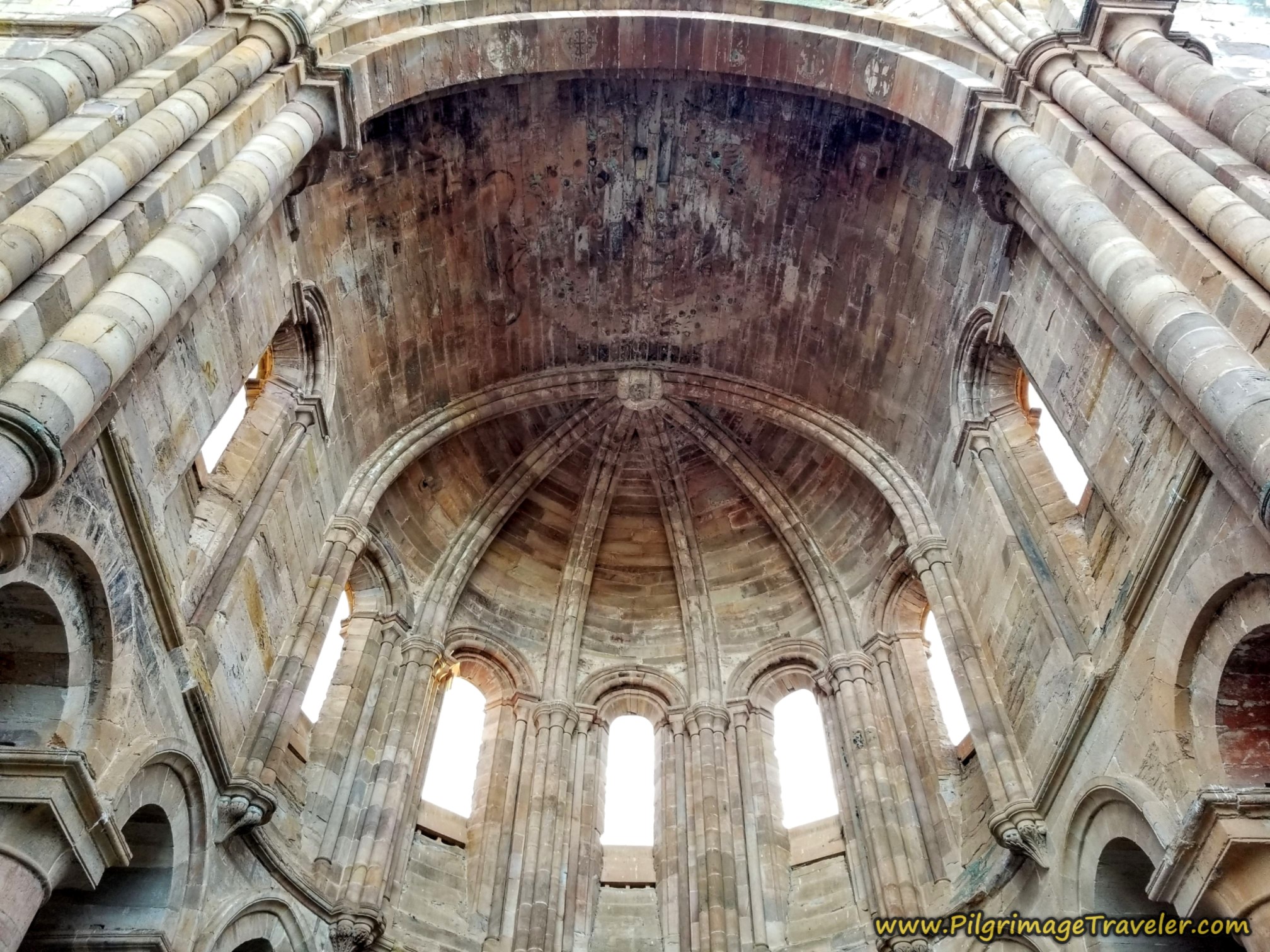
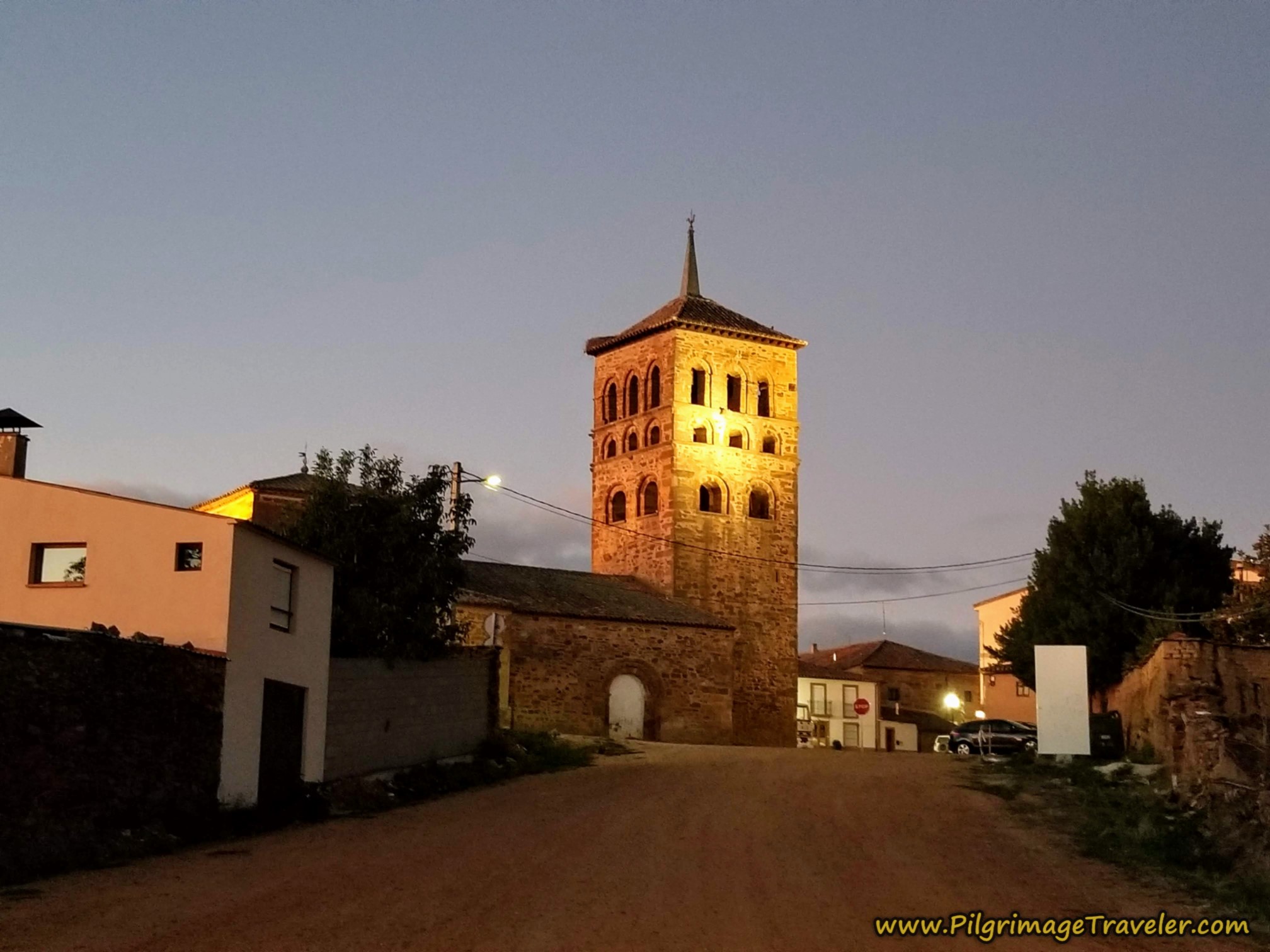
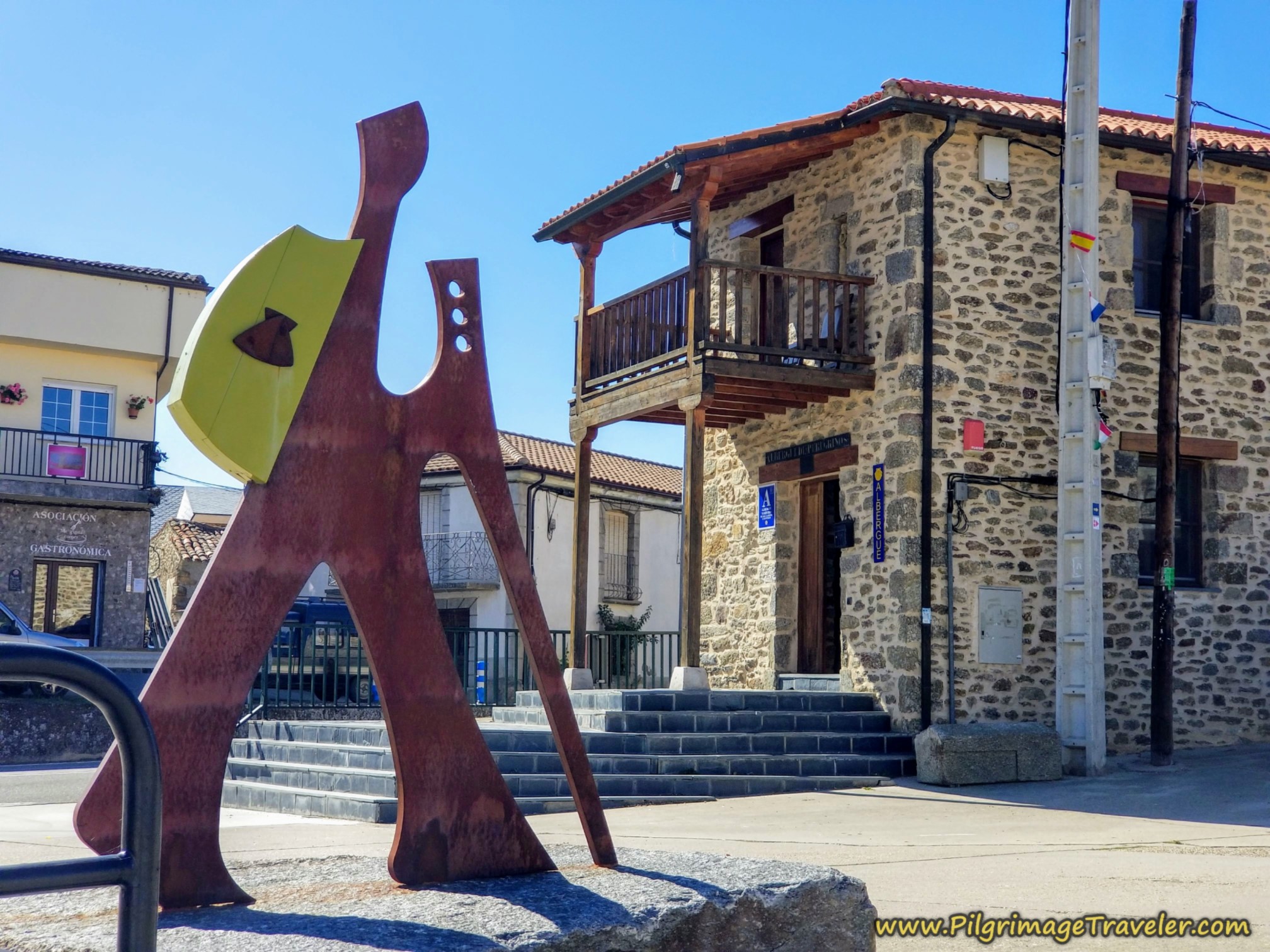
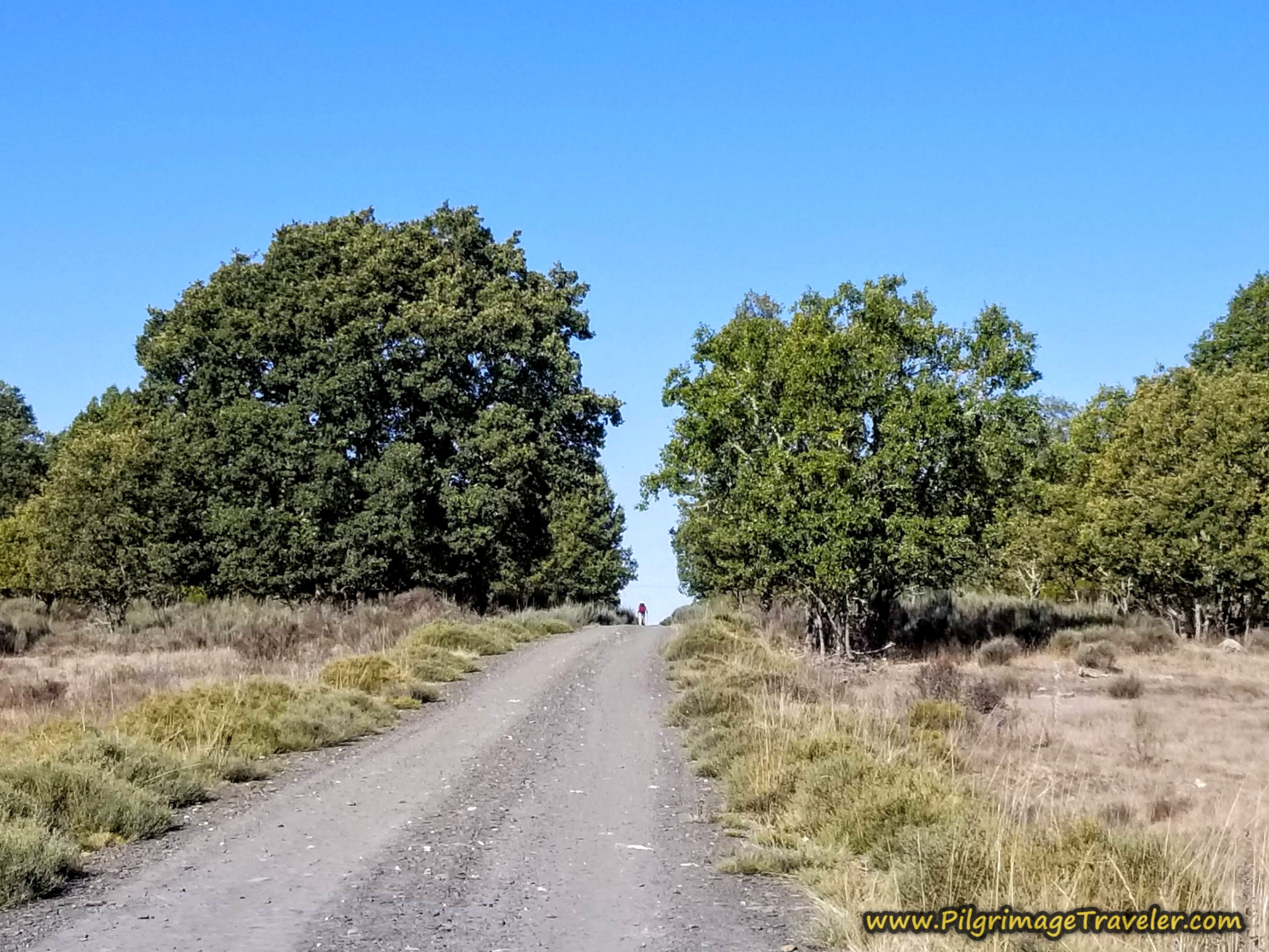
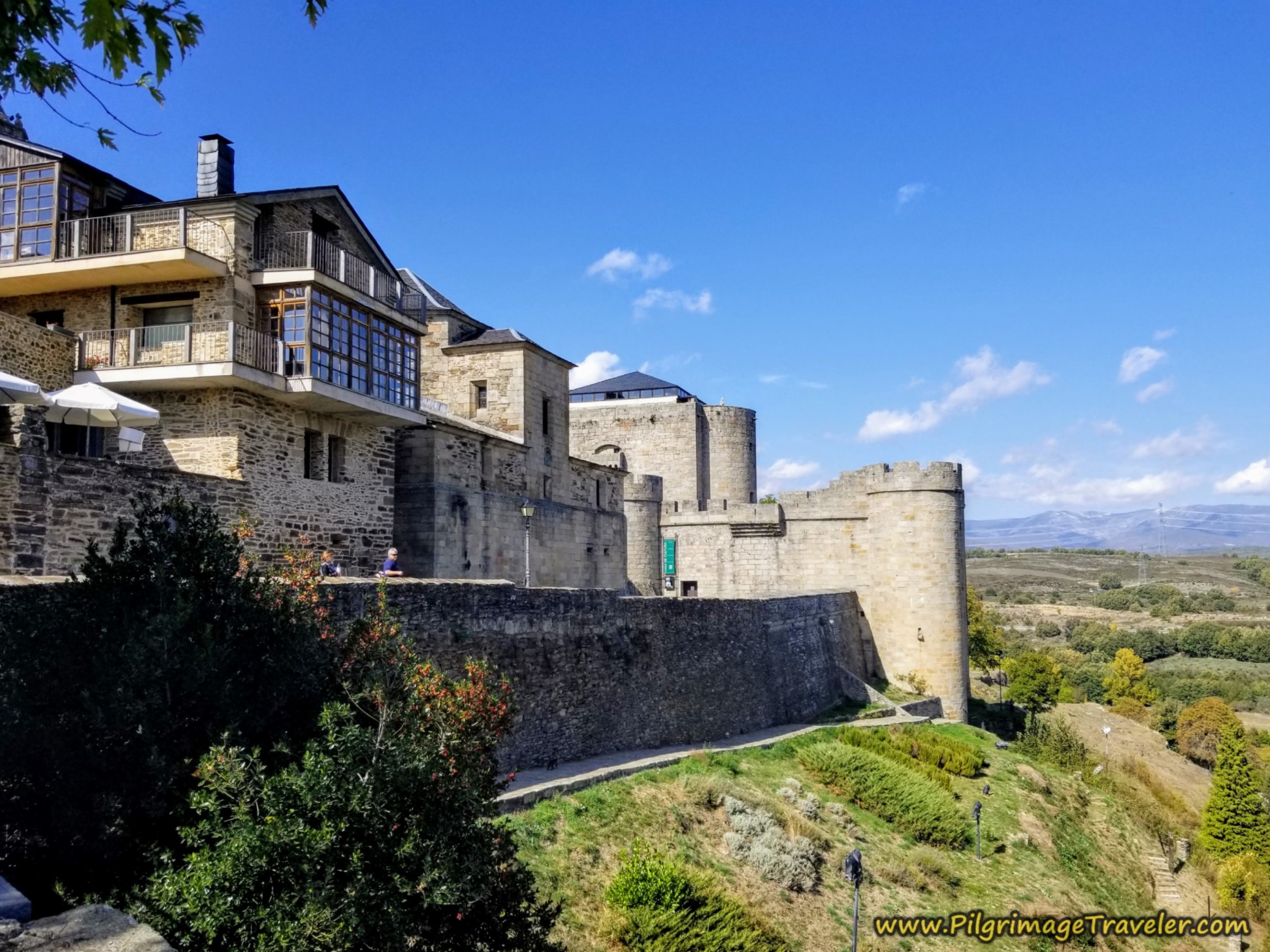
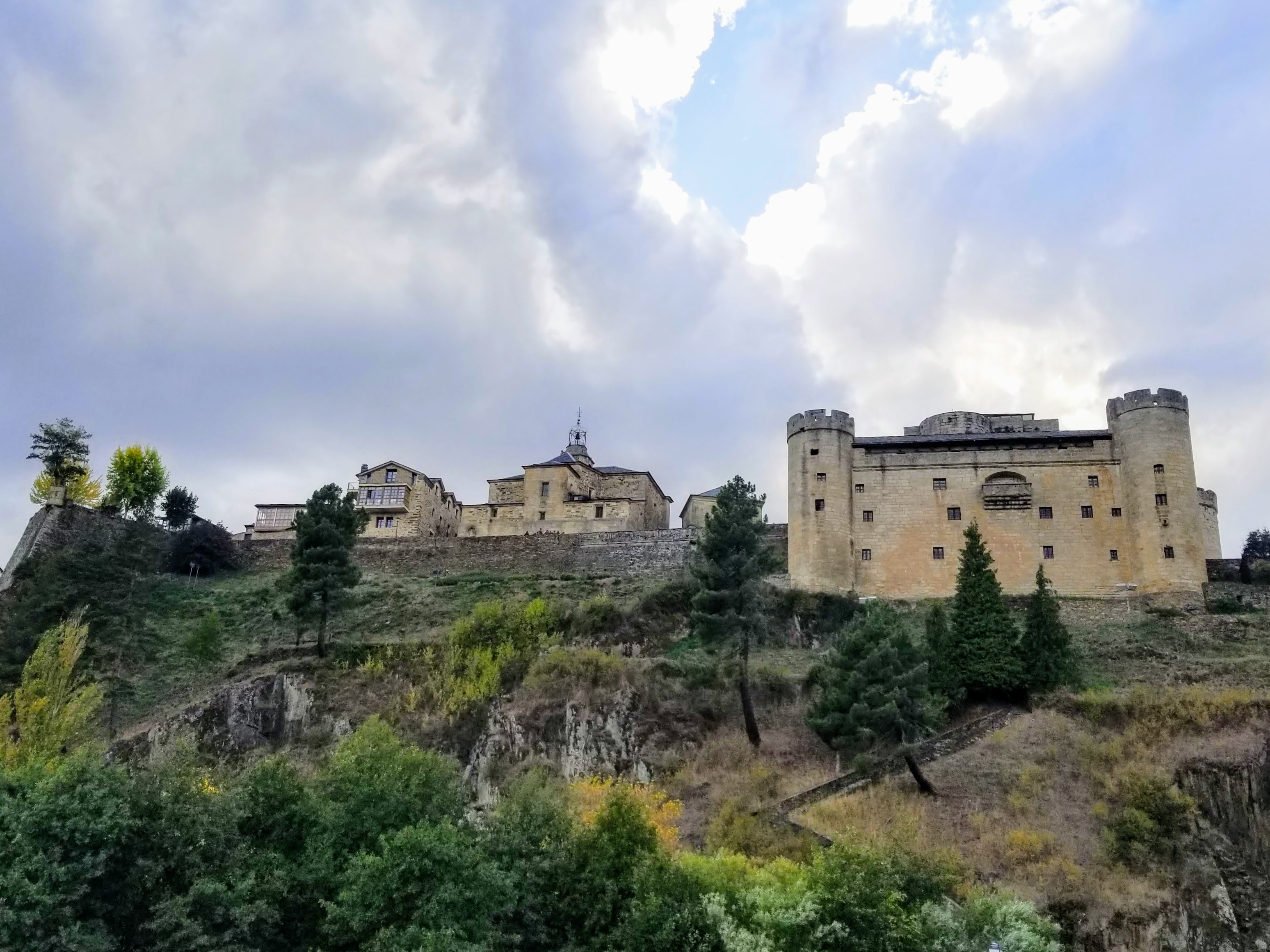
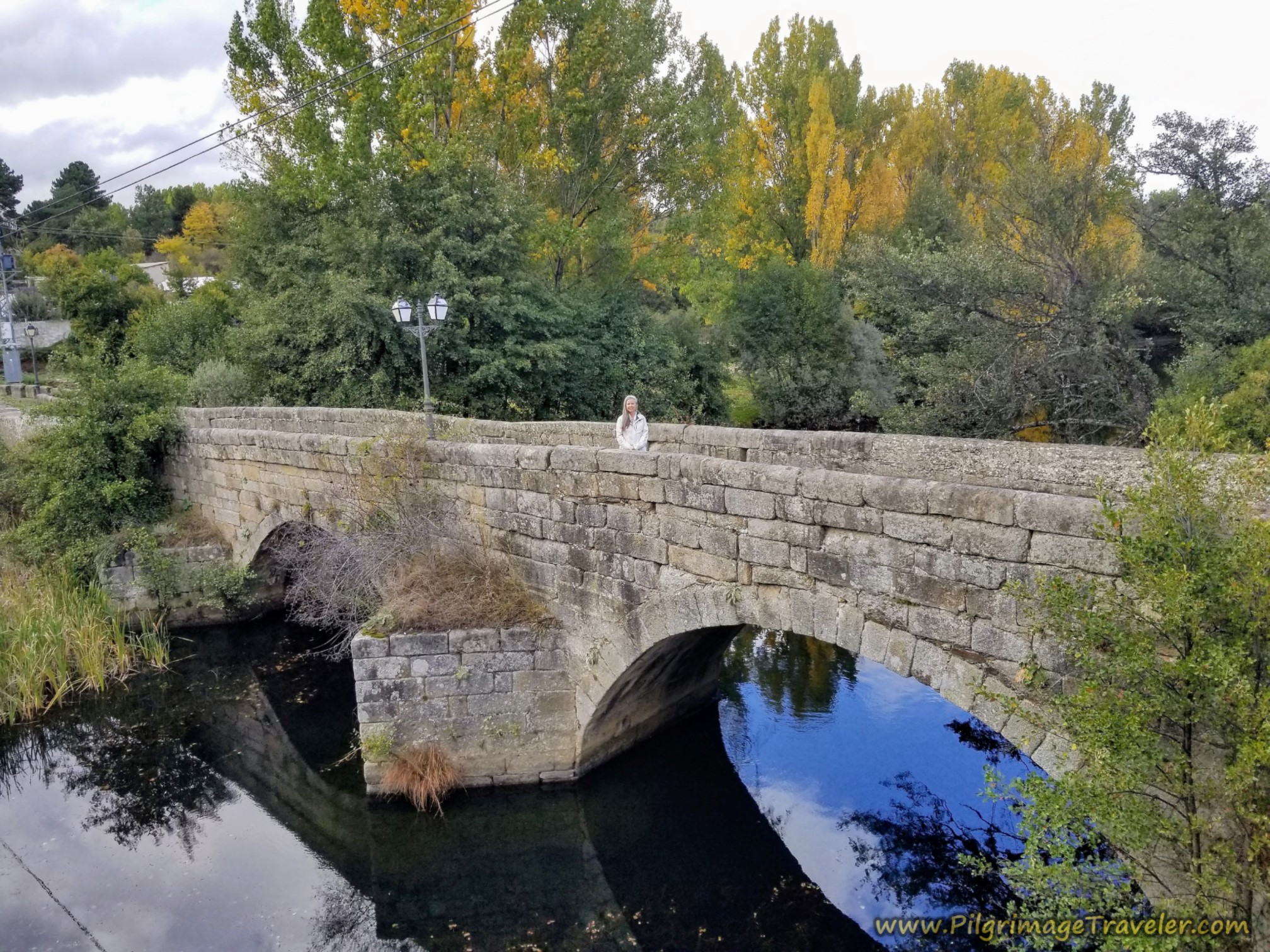
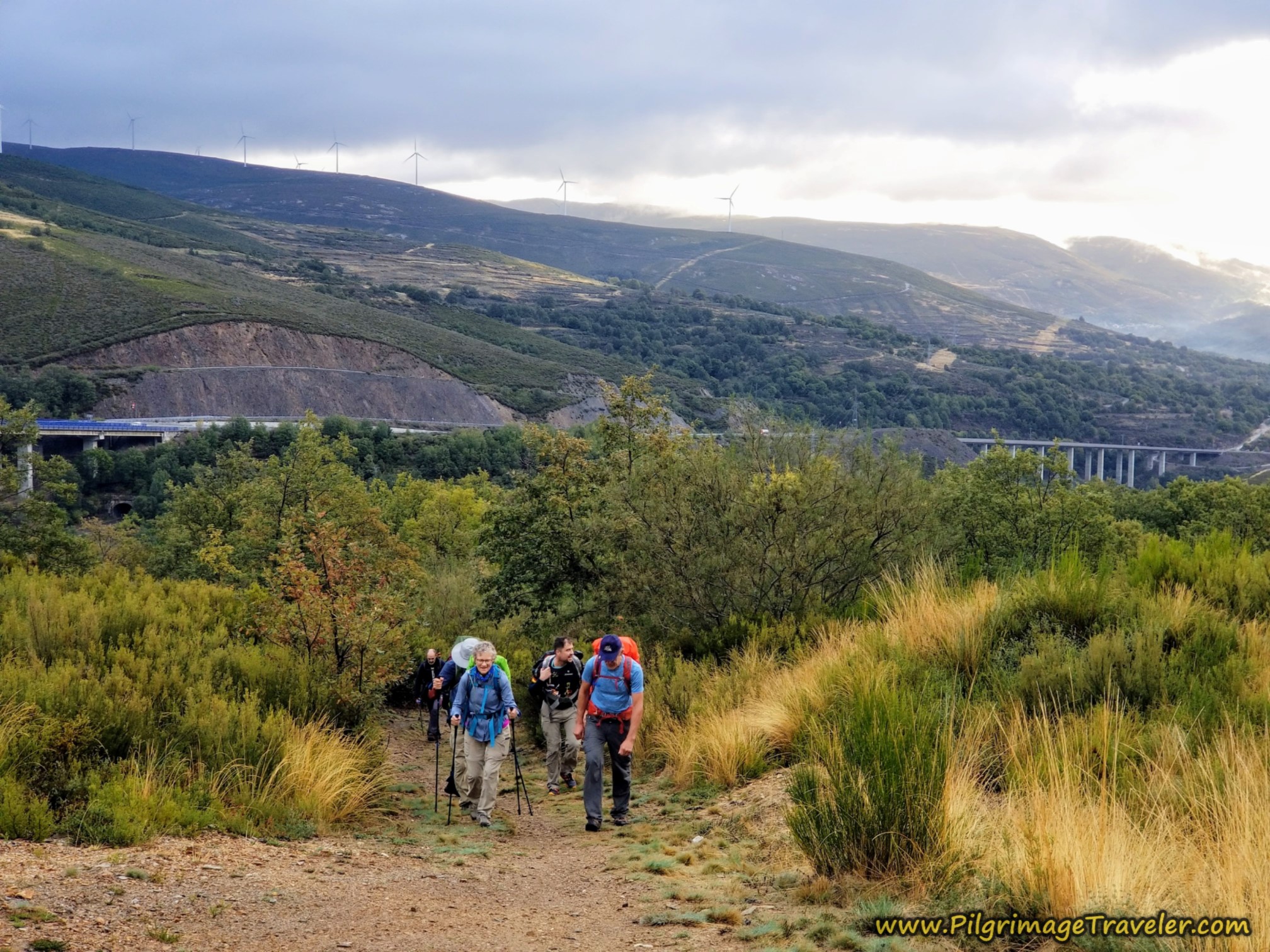

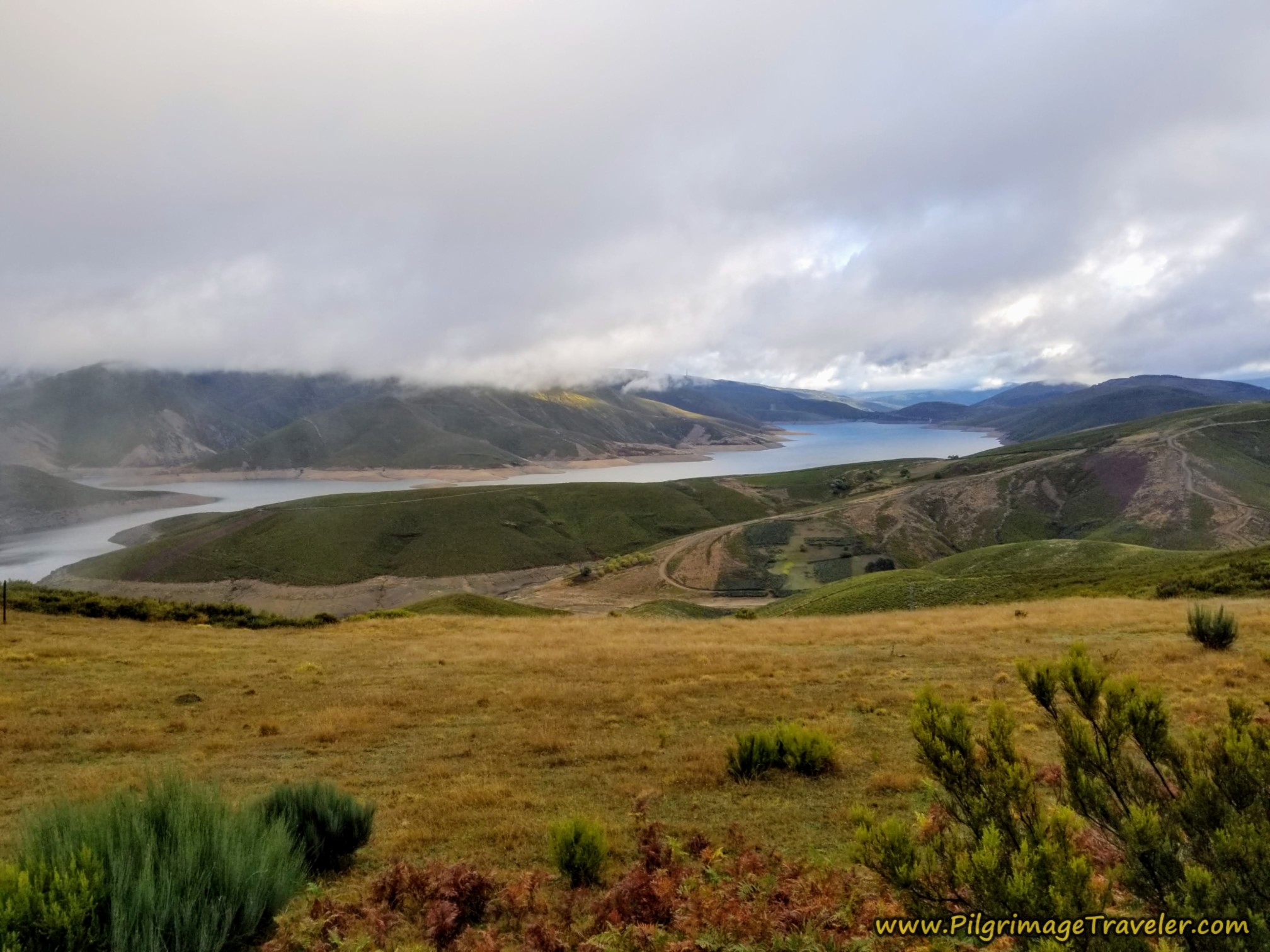
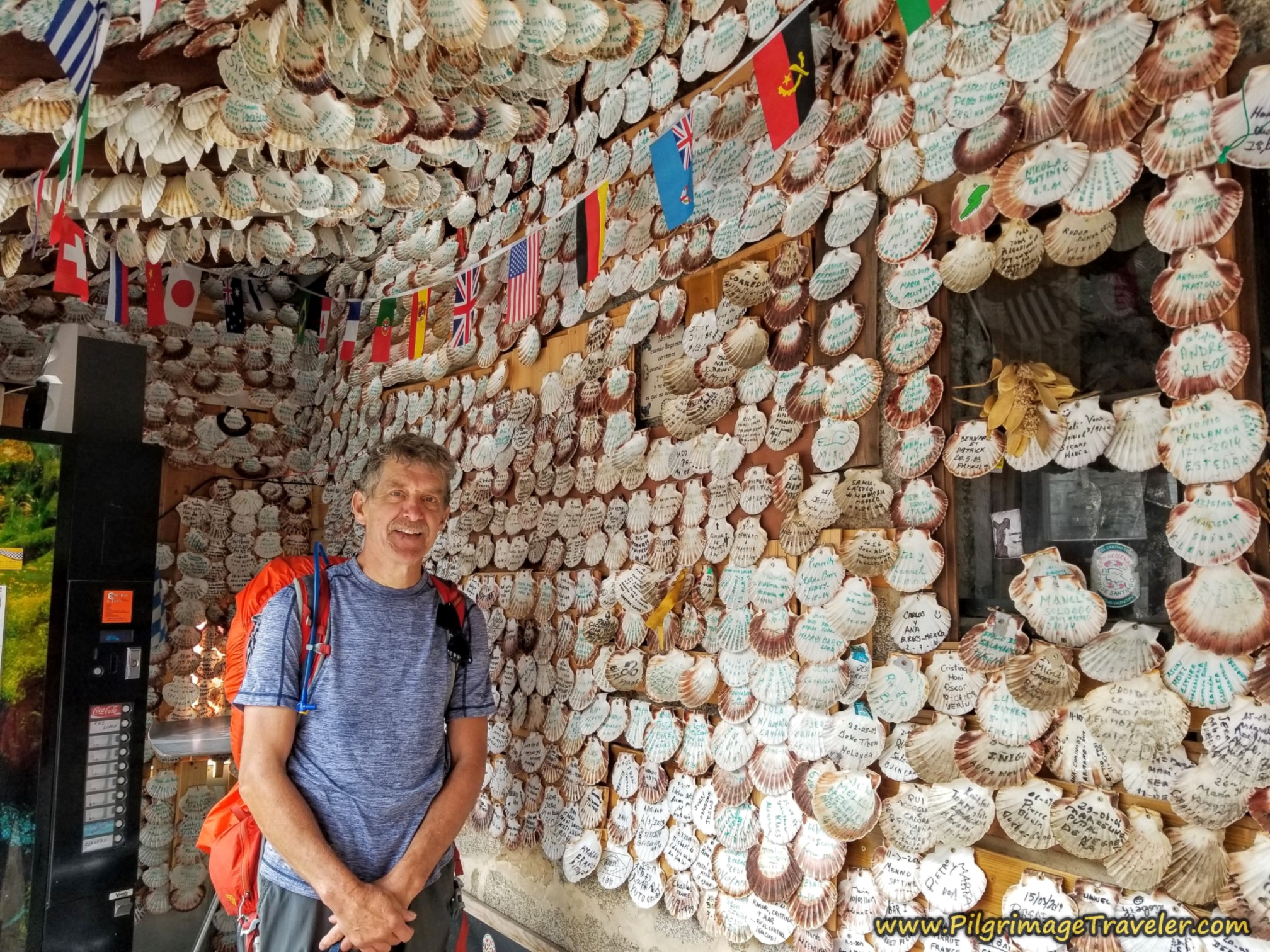
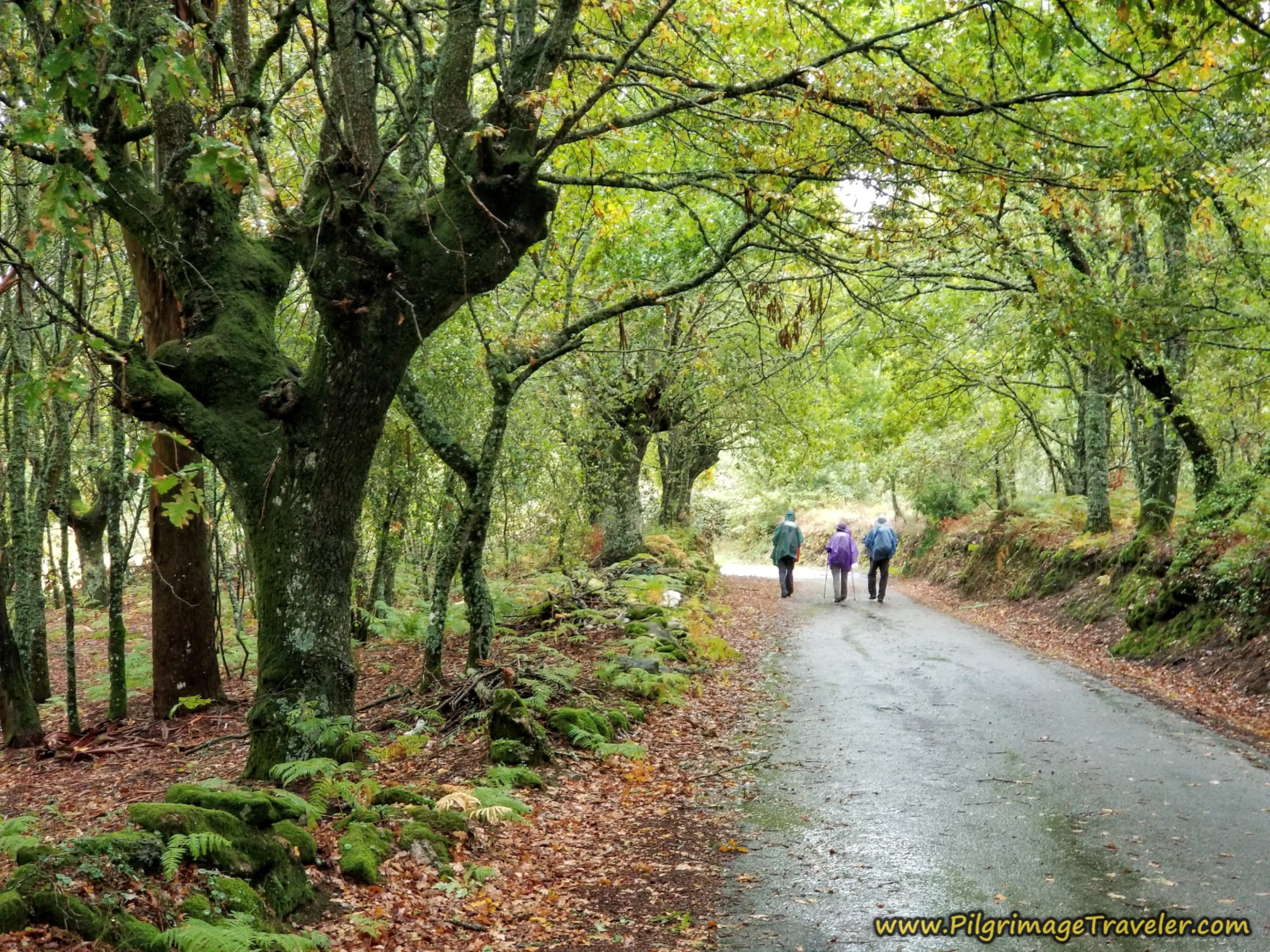
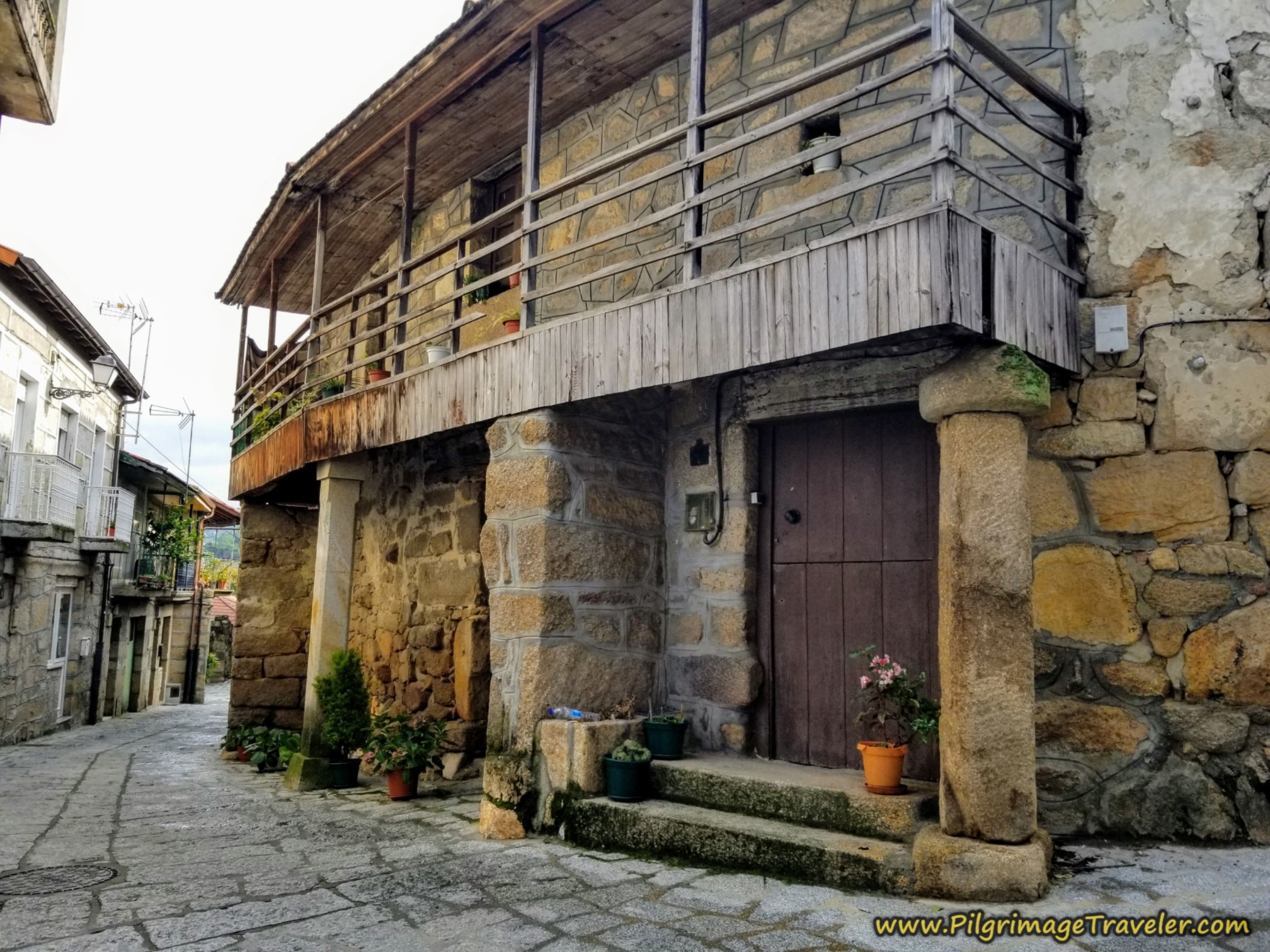
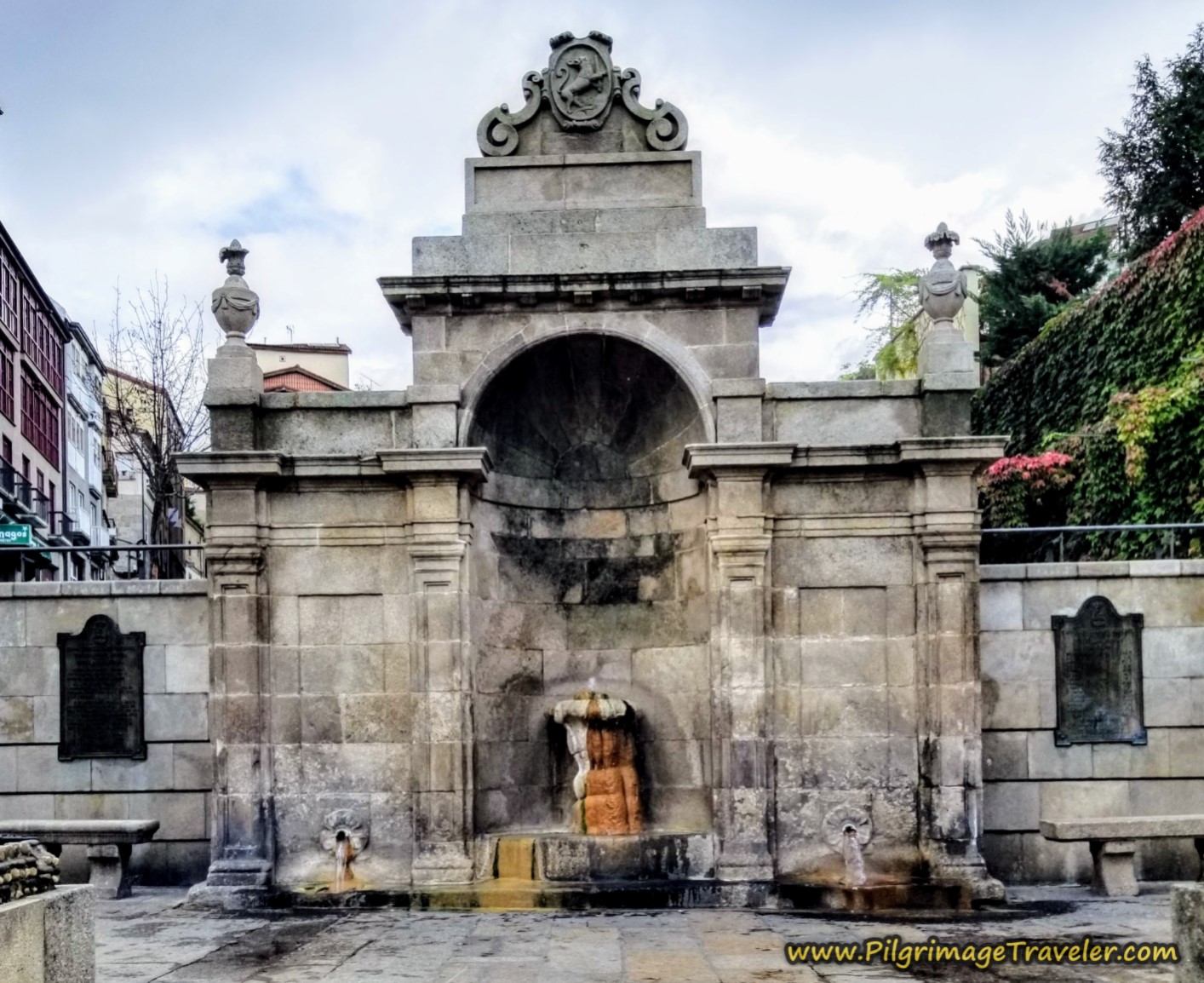
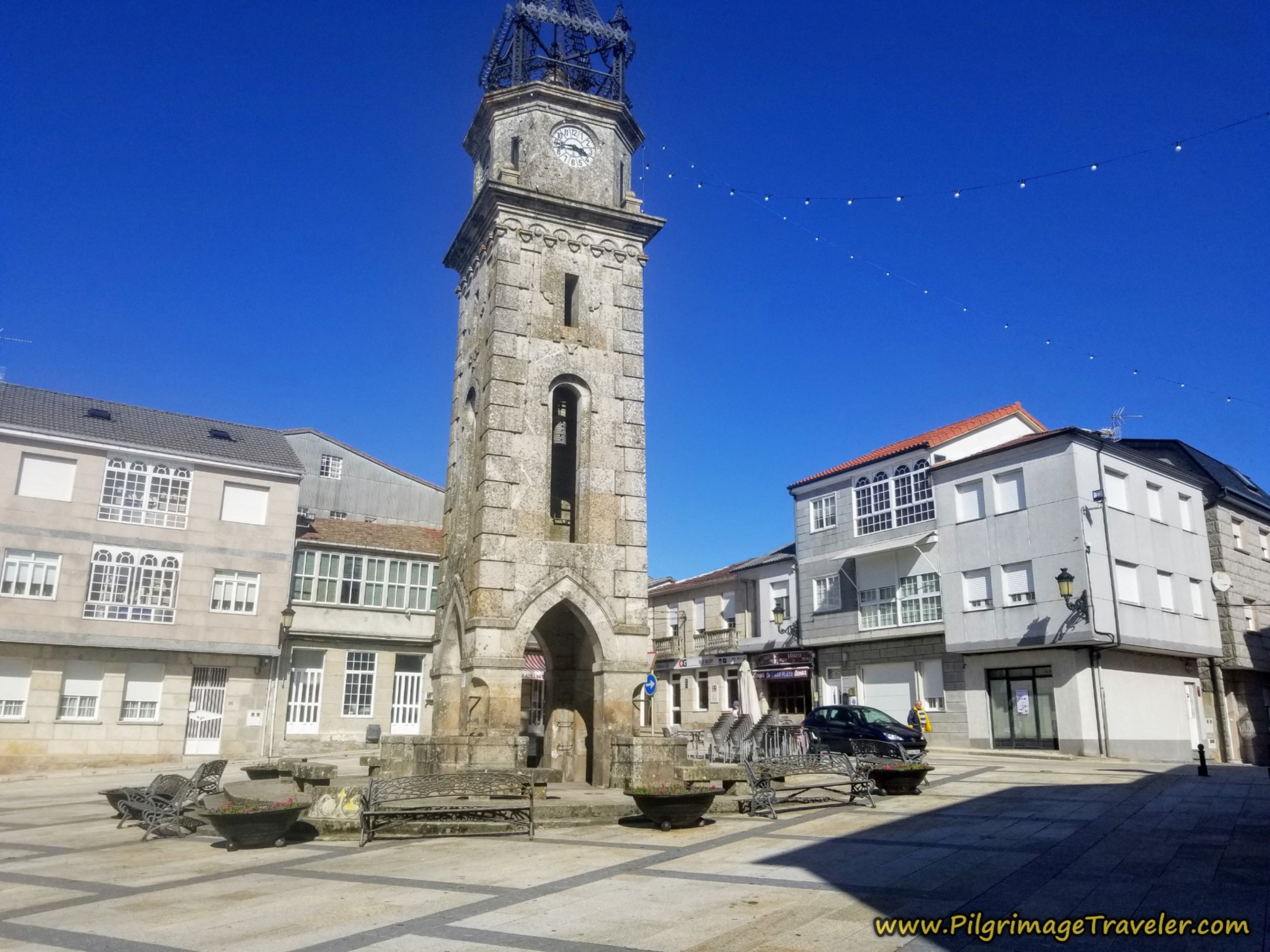
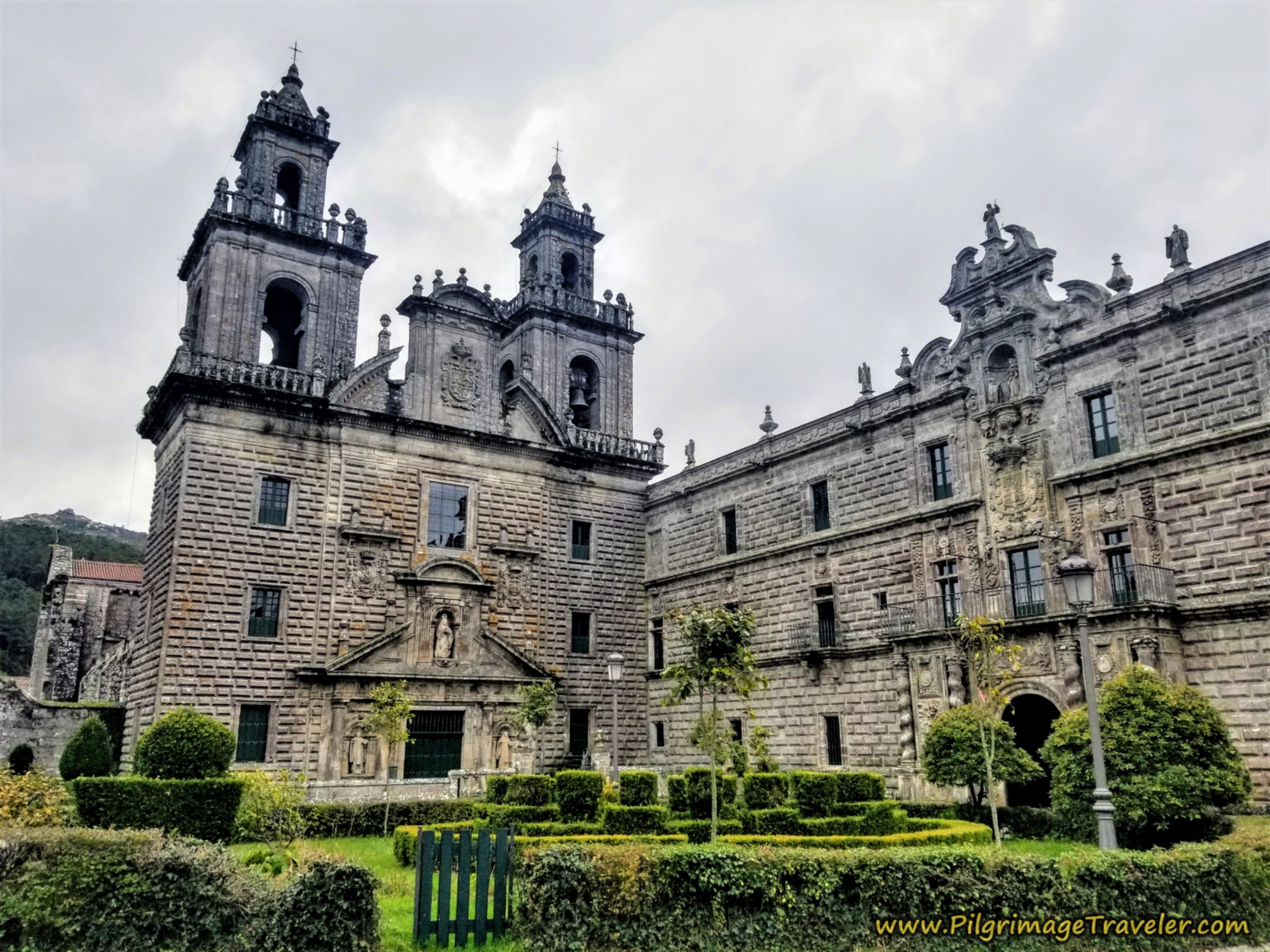
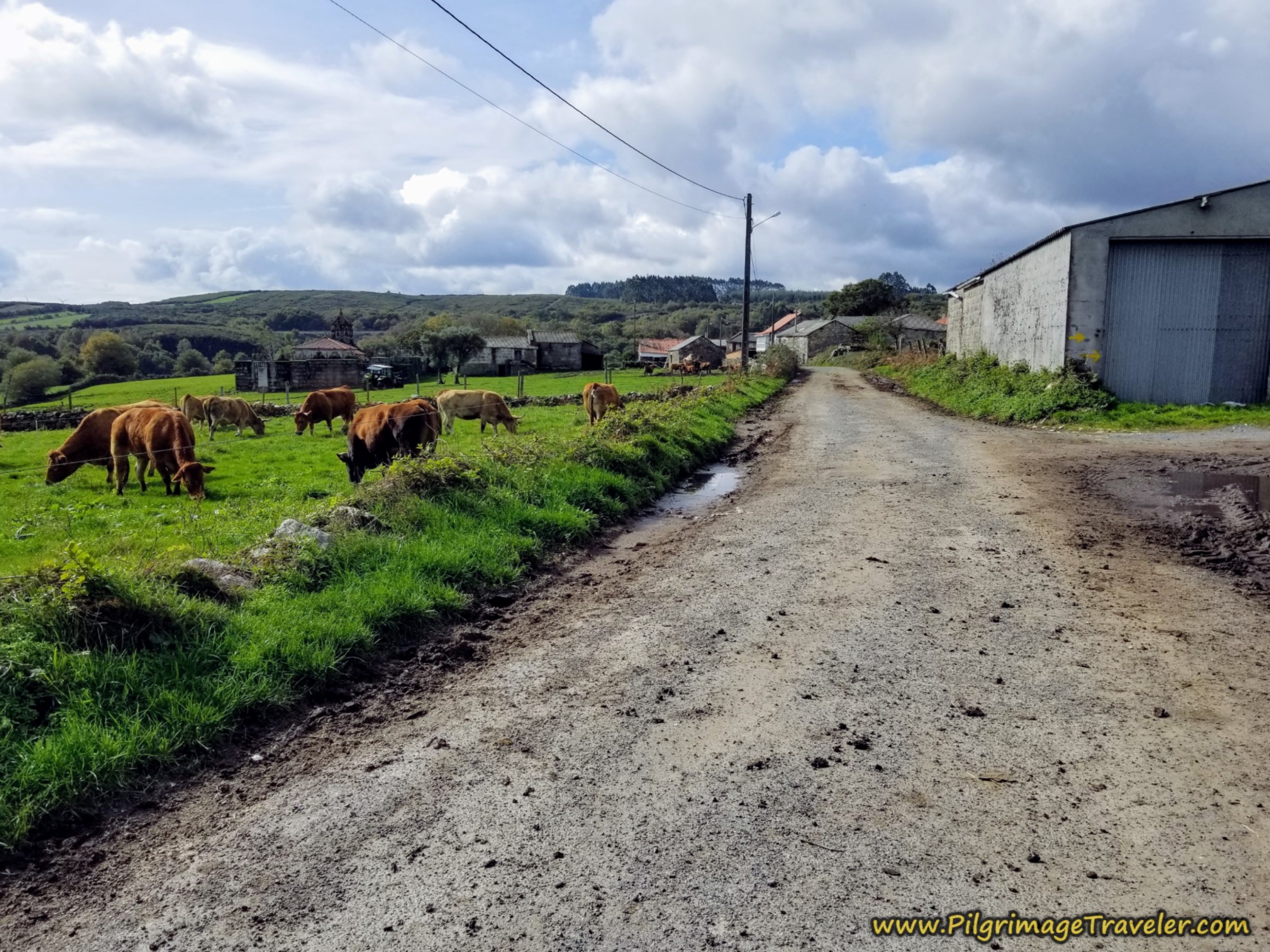
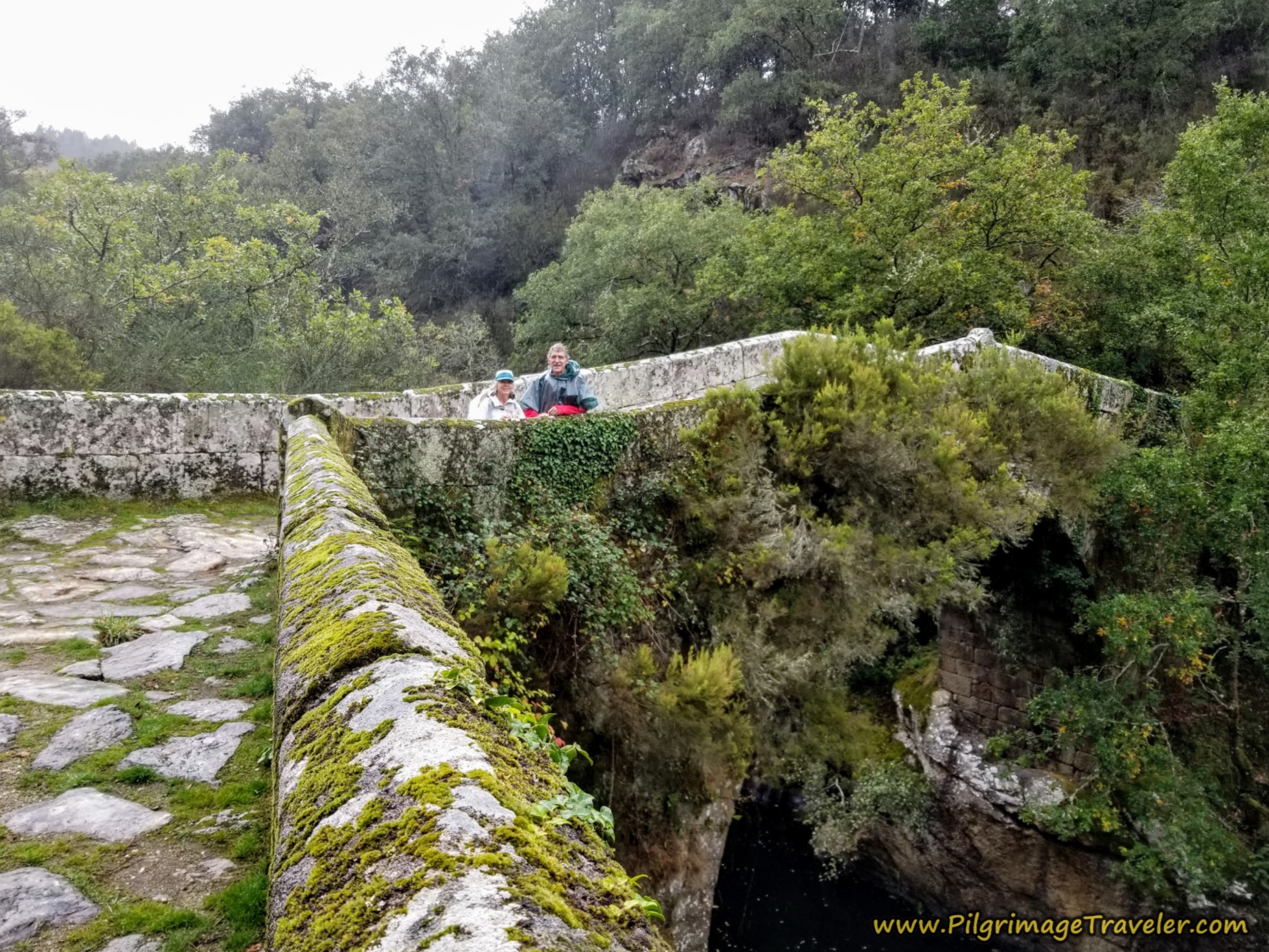
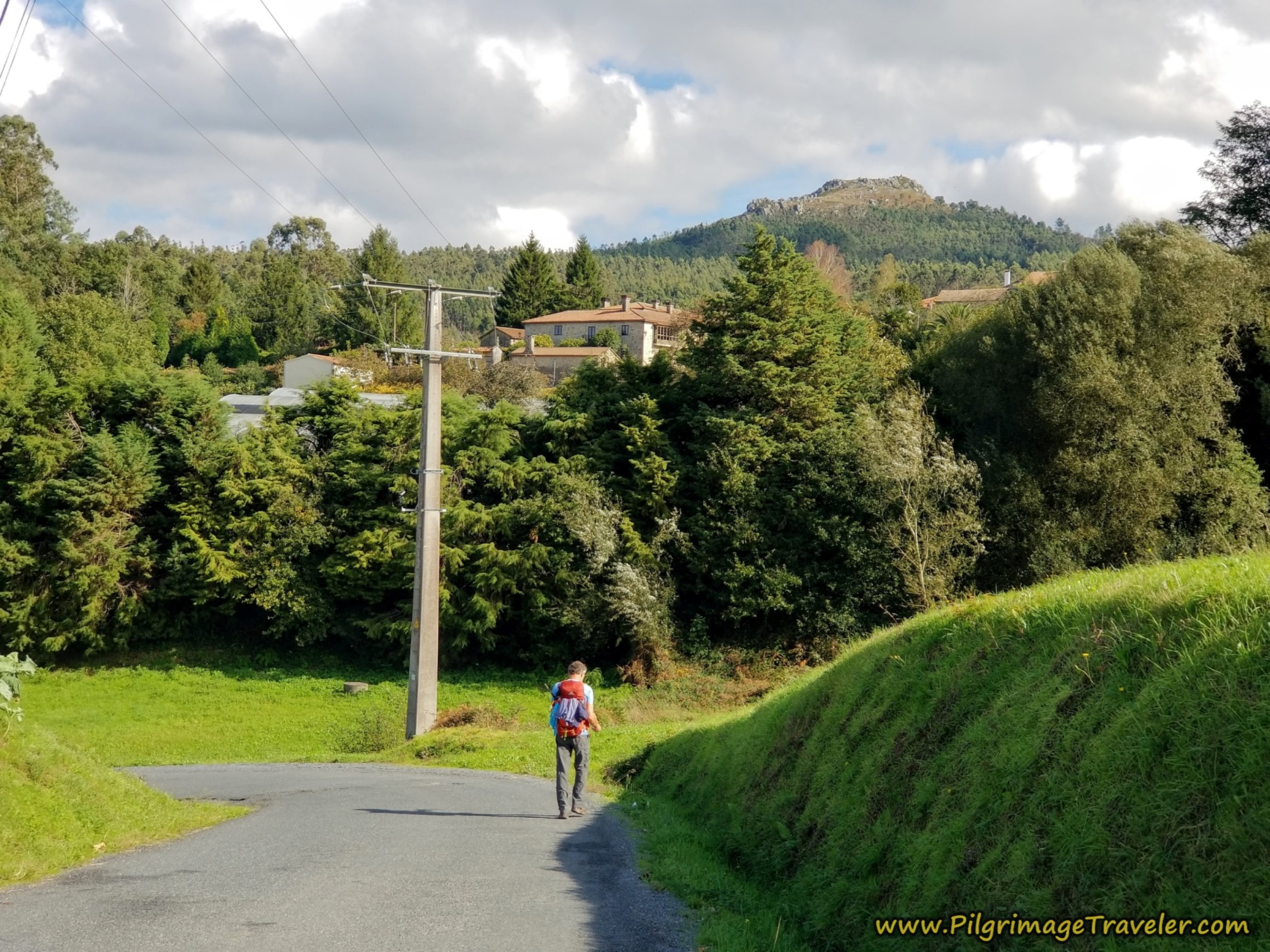
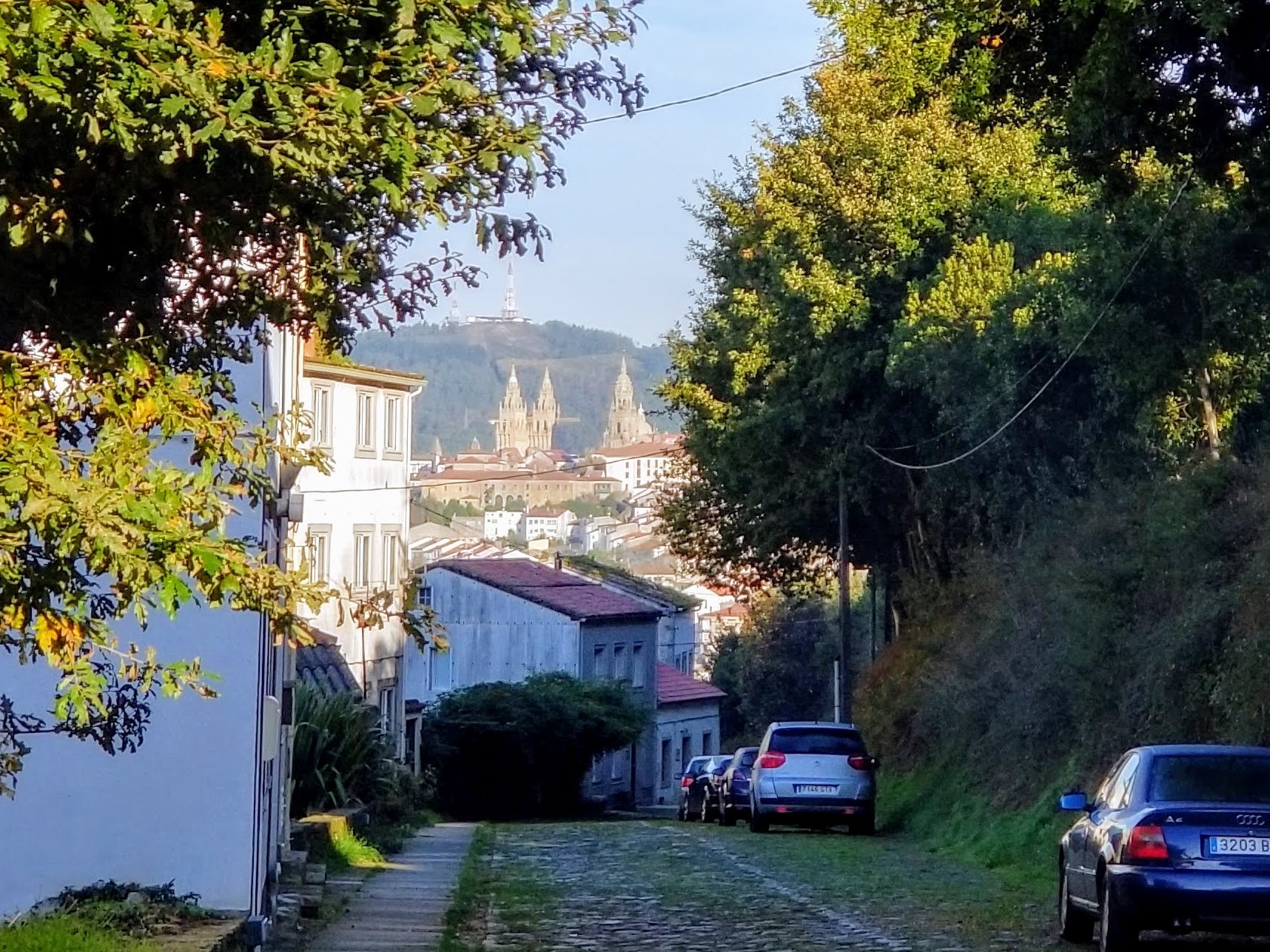











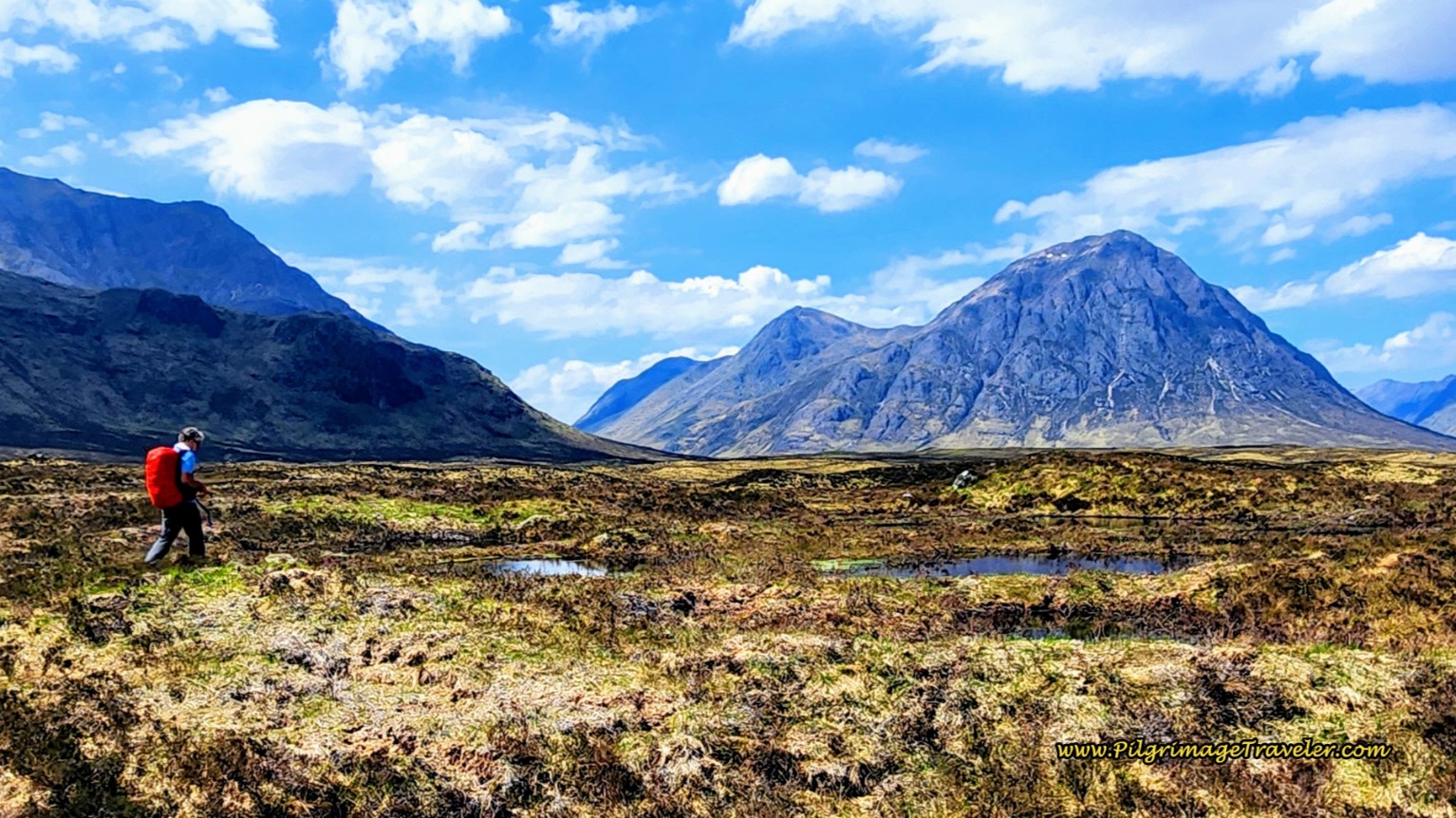
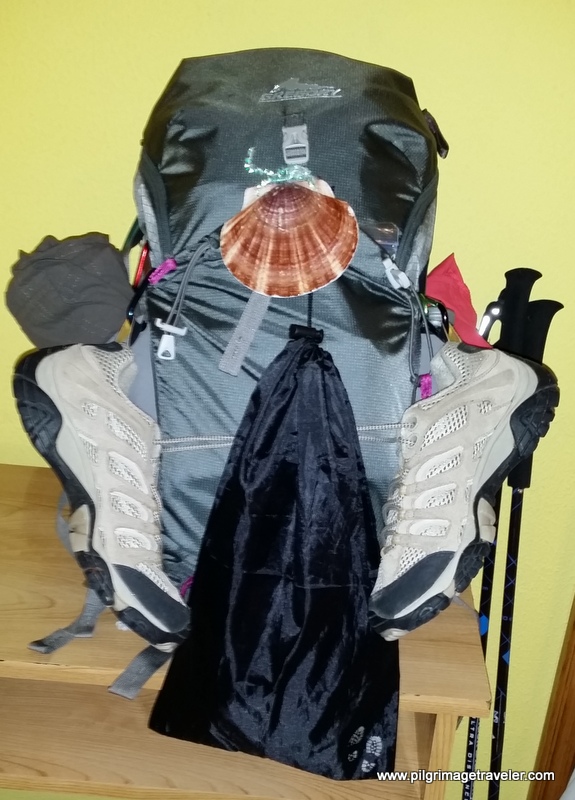

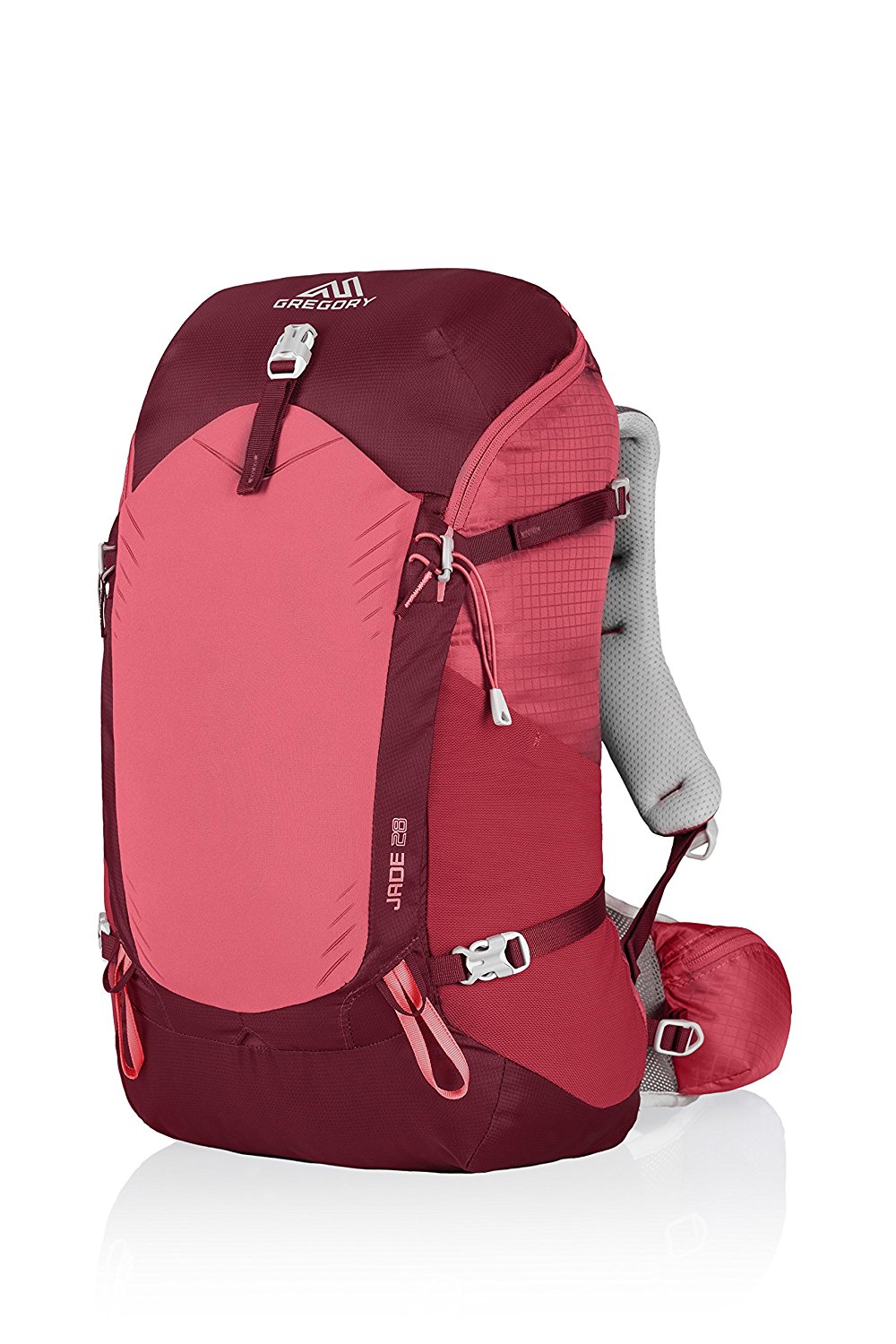

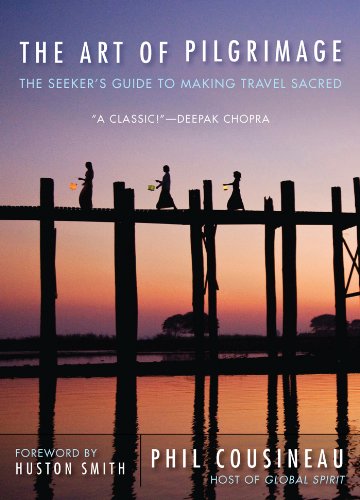


Your Opinion Matters! Comments
Have you had a similar experience, have some advice to give, or have something else you'd like to share? We would love to hear from you! Please leave us a comment in the box below.